Planning a Europe trip this year? Read the post from our guest blogger Anna who travelled from India with her family last summer to visit the beautiful cities Rome, Florence, Venice, Paris, and Brussels. Remember the fact that they were on a tight schedule since travelling all the way from India with their two year old son hence this itinerary is adapted according to their convenience as she preferred to avoid long queues, very crowded touristy attractions, museums etc.
Rome
Rome, the twenty eight centuries old Eternal City of Seven Hills, was the first destination of our Europe trip from India for 10days in June 2017. We were a group of 5 including two senior citizens, me, my husband and our two year old son. We landed at Rome (from India) at evening and there was hardly any plans for the night, other than picking up some basic stuff from convenient stores nearby our AirBnB apartment. It’s advisable to buy sim cards at the airport using your passports and get it activated from the dealer itself. Even though Rome cannot be completely covered even in two weeks, we had to restrict our visit to two days in the city.
We planned for Vatican city in the first day and first stop en route was Campo di Fiori (field of flowers, in Italian) which was a lively market place in the morning. A plethora of local produce including fruits, vegetables, cheese and other stuff was well displayed by vendors, around the statue of Giordano Bruno. Giordano Bruno was a mathematician, cosmologist and a humanist who succumbed to the Roman Inquisition for charges of heresy. He came to be known as Martyr of Science later and his statue was erected in 19th century after around three centuries from his death in 1600. The market gets cleared by afternoon and the place transforms into a lively eatery square by evening with a host of bars and restaurants and live performances. However we went ahead with our itinerary and walked down to Parco Adriano and Castillo Sant Angelo via the famous Piazza Navona, by lunch time itself. Piazza Navona is a square built on the site of ancient Stadium of Domitian, and it houses three famous fountains viz famous Fontana dei Quattro Fiumi (Bernini), Fontana del Moro & Fountain of Neptune (Giacomo della Porta).
We had a few sandwiches and Gelato and took a break at Parco Adriano, for feeding our toddler. There was a water point at the park from which we refilled our bottles and there were some chairs to take rest. Our toddler was also kept busy by the flock of pigeons there! From Parco Adriano, it was hardly any distance to St Peters square and Basilica. An Egyptian Obelisk stands tall at the centre around which the Square was constructed in 17th century, designed by Bernini. It’s advisable to reach St Peters square in the morning itself if you need to spend time in the Basilica. Also, skip-the-line tickets are a must if you seriously wish to explore the Basilica and the Vatican Museum. Since we had a toddler in company who guaranteed that our Museum visit would be a disaster, we didn’t even try!! Though entry to St Peters Basilica is free of cost once a month, it’s not worth owing to the long queue for entry on that day. The plan for second day was to cover Trevi Fountain, Pantheon and Colosseum. However, Murphy struck quite hard on us, and there was a strike by all public transport facilities in the city of Rome on that day. Cabs were immensely difficult to find and the city was literally stuck with heavy traffic jam. Our AirBnB host came to rescue and he dropped us near Trevi Fountain in his own car, but it took a long time for the transit owing to the traffic chaos. Needless to say that Trevi Fountain and the crowd there pepped us up and we enthusiastically tossed coins into the fountain hoping for good luck and prosperity. Trevi Fountain is the tallest fountain in Rome at a height of 50m and was constructed in the 18th century. Throwing of coins into the fountain is a tradition that shouldn’t be missed and it’s said that around 3000 euros are collected from the fountain each day that’s used for charity. We had a quick bite on our way out from Trevi Fountain as we were already running behind schedule.
We had to skip Pantheon from our itinerary as there was no public transport and hence we walked to Colosseum directly for attending a guided tour which we had already booked online. It is advisable to either book skip-the-like tickets/guided tours for Colosseum or plan for a visit in the early morning as soon as it opens, somewhere around 1000 hrs. Colosseum has been the largest amphitheater ever built and had a seating capacity of around 80,000. The famous gladiatorial contests were held here and it was destroyed partially by a fire and later by an earthquake in 14th century. It is of course a great experience, walking through the history of this great architectural marvel. We had to call it a day after the tour of Colosseum, from where our host picked us up and thanks to the strike, it took more than 2 hours to return to our apartment that was hardly 7 kms from Colosseum!!
Getting Around in Rome:
Other than normal cabs and Uber, there are three modes of public transport : bus, metro and regional trains. There are bus/metro passes for 1.5€ each, which are valid for 1 hour from validation (commencement of journey). The tickets are available at tobacco shops (Tabacci) that are found all across Rome. It is advisable to travel in metro as the traffic might become really annoying. On the flip side, the bus travel may give you more opportunities of architectural glimpses. The regional train network connects the city with outskirts. There is a regional train station at the airport that can get you to your place of stay/accommodation. Roma Termini is the main station in Rome that connects Rome with other cities. For exploring Rome in depth, Roma Pass or Omnipass would prove to be really helpful. While the latter includes unlimited travel plus entry to various attractions in Rome and Vatican for three days, the former doesn’t include Vatican attractions.
A two day Itinerary for Rome:
For a two day plan in Rome, the following itinerary would be a good choice, as it would cover some famous locations, and won’t be that hard on your pockets 😊
Day 1 : Vatican (St Peters Square, St Peters Basilica) – Castel Sant Angelo – Pantheon – Trevi Fountain
Day 2 : Colosseum – Trastevere – Piazza San Cosimato, Basilica of Santa Maria – Campo di Fiori – Piazza Navona
- Vatican
- Vatican
- Trevi Fountain
- Piazza Navona
- Parco Adriano
- Colosseum
- Castello Sant Angleo
- Campo De Fiori
- Campo De Fiori
- Campo De Fiori
- Campo De Fiori
Florence
Florence (Firenze), the birthplace of Renaissance, comes in midway from Rome to Venice train route, and is the capital of Tuscany. So if it’s planned to visit both Rome and Venice, its always a great idea not to miss this beautiful and charming city. The major attractions of Florence include Palazzo Vecchio, Ponte Vecchio, Cathedral of Santa Maria del Fiore and Brunelleschi’s Cupola, Uffizi Gallery, Galleria dell Academia (where the famous David of Michelangelo is housed) and various other churches and Basilicas. We caught a morning train from Rome and reached Campo Di Marte station, from which we took a cab to our AirBnB apartment.
After check-in, our first activity was, half-day trip to Pisa and the journey was around one hour one way. It is advisable to either book a half day guided tour to Pisa (bus/ train – from Florence) or go for a self guided tour. From Pisa Central Station, there are frequent buses that will get you to the Leaning Tower and the Cathedral in 15 minutes or so. Both are located within the same perimeter, outside which there are a host of souvenir shops and other eateries. The tower stands 56 metre tall and its construction began in 12th century and the tilt was caused by an inadequate foundation on one side. It’s always better to read up briefly about the structure if you are not taking a guided tour, and the same is what we did. If toddlers and senior citizens are not part of the group, it is definitely a worth to climb up the tower and do an experiment like what Galileo did!! There is a vast area of lawns within the enclosure where you can take a break and let your kids run free while you can have a bite. There are enough drinking water taps within the premises. We returned back by sunset without visiting other attractions in Pisa like Knight’s Square, Santa Maria Della Spina, Palazzo della Carovana etc.
Florence, being a small city can very well be covered on foot without much of an effort and that’s a main reason why lots of walking tours operate in the city. The first stop in our trial, on the second day, was Mercato Centrale, which is a good location to pick up some local produce or a Gelato and numerous shops selling leather products are there around the market. Basilica di San Lorenzo is en route to Cathedral of Santa Maria del Fiore on foot and the walk is really charming all throughout culminating with the charming sight of Brunelleschi’s Dome, a UNESCO world heritage site constructed in the 13th century. From there we walked to Palazzo Vecchio at PIazza della Signoria, which was one of a kind among the palaces of Tuscany, made of solid rusticated stonework. A replica of the famous David of Micheangelo is also kept outside the 13th century palace. Ponte Vecchio, the bridge over river Arno, famous for the shops built along it, is just across the corner. We returned from there via Mercato del Porque, to our apartment post having a Tuscan dinner!! Its possible to complete a circuit of must-see locations of Florence with one night stay, if you can travel light and do not intend to enter any Museums or Galleries. However, its highly advisable not to miss out this small but adorable city, if Rome and Venice is in your itinerary, as its midway between both.
Getting Around in Florence:
Florence is around 1.5 hours from Rome and around 2 hours from Venice by train. Being a small city, Florence has only buses and cabs for intra-city transport. However, if you get an accommodation near to the main train station Firenze Santa Maria Novella, all the attractions are very much within walk-able distance. Half day trip to Pisa to see the Leaning Tower would cost less than 20€ per person on train from FSMN station. Bus tickets from Pisa Central Train Station to the leaning tower is 1€ one way and you will have to buy the tickets from the shops in the train station itself.
A two day itinerary for florence:
Day 1 : Reach Florence and check in at the accommodation by lunch. Plan half day trip to Pisa in the afternoon and visit the Leaning Tower of Pisa and the Cathedral.
Day 2 : Mercato Centrale – Basilica San Lorenzo -Cathedral of Santa Maria del Fiore, Brunelleschi’s Cupola – Basilica of Santa Croce – Ponte Vechio – Palazzo Vechio – Mercat del Porque
- Leaning Tower of Pisa
- Florence Cathedral
- Florence Cathedral
- Florence
- Mercato Del Porque Florence
- Palazzo Vecchio Florence
- Ponte Vecchio Florence
- Ponte Vecchio Florence
Venice
We arrived at the Floating City, Venice, from Florence, and as usual headed straight away to our AirBnB apartment, which was literally situated on the Bridge of Rialto. Venice is the capital of Veneto region in north eastern Italy and is a cluster of over 100 islands and canals, the largest being known as the Grand Canal. Rialto Bridge is one of the most famous tourist locations and earliest developed areas of Venice and Mercato Rialto (Rialto Market) is situated north west of the bridge, alongside the Grand Canal. The visit to Venice is never complete without munching a few fresh and juicy fruits sold at the market. There is also a Traghetto from the market, that takes you to the other side of the Canal. A Traghetto is nothing but a poor man’s Gondola that’s only used for the purpose of crossing the Canal and it costs only 2€ a trip per person, as compared to 80€ for 30 mins of Gondola rides. However, Gondolas can seat a group upto 6 people and remains the hot favorite among tourists.
One thing that is to be noted about Venice is that unless you are traveling very light and are physically in a good shape, it’s very important to get an accommodation/ apartment that’s in the first or second floors. Because there is no concept of elevators in Venice!! The buildings in Venice are constructed on closely spaced wooden piles of Alder trees, that are intact even after these many centuries. The sheer experience of walking in the city of Venice is amazingly blissful.. As they say, in the city of Venice, you should get lost!!
St Mark’s square, St Mark’s Basilica, Doge’s Palace, Ponte Dei Sospiri and Basilica di Santa Maria Della Salute, all are located very nearby each other. Piazza San Marco is the central square of Venice, constructed around 10th century and it was referred to as the Drawing Room of Europe, by none other than Napoleon Bonaparte. St Marks Basilica and the famous clock tower are located around the square and Doge’s Palace is just around the corner. The Basilica, adorned by gold ground mosaics, remains as a status symbol for the wealth of Venice and was also known by the nickname Church of Gold. The Doge’s Palace, residence of Doge who used to be the supreme authority of Venice, is adjacent to the square and is presently the major museum in Venice. Ponte Dei Sospiri or the Bridge of Sighs, made of white limestone, connects the Palace with a prison. It was named so as the view from the bridge was the last view of Venice that a convict gets prior imprisonment. Basilica di Santa Maria Della Salute is located just across the Grand Canal and can be seen from St Marks Square. The 17th century Basilica, generally known as Salute, is one of the important landmarks in Venice and area around it is really a great place to relax and feel the Grand Canal.
On our second day, we planned to explore the nearby islands of Murano and Burano. Murano is composed of seven islands, and is famous for its traditional glass making industry. As soon as you get down at Murano, there will be people guiding you to glass making shops that offer glass making tours for 2€ each. It’s a must visit activity where you can see how a highly skilled technician transforms glass pieces into different shapes. Our next stop was Burano which is famous for its small and multicolored houses. Even we were under the prejudice that it wouldn’t be a great visit as it’s only the colorful buildings that’s the attraction there, but it was a really amazing location and the view was very much worth a visit. We ended up spending quite some time at Burano, doing some shoping and having a meal. Burano is also famous for its lace production and you get to see quite a lot of art work all across the place. There are other islands in Venice like Torcello and Lido that also house many tourist attractions, however our visit was restricted to these main locations only.
Getting Around in Venice:
The most important research that’s to be done prior Venice visit is regarding transportation. No land transport exists as it’s a group of islands. There are water buses run by a company named ACTV and they connect the entire island through the canals. 1 day/ 2 day/ 3 day passes for unlimited travel on water buses cost 20€/ 30€/ 40€ each. Otherwise tickets, valid for 1 hour, costs 7.5€ each. The water buses connect you to all other islands including Murano/ Burano/ Lido etc. The only train station in Venice is St. Lucia station from where you can buy the ACTV water bus tickets. It is not to be misunderstood with Venice Mestre station that is located in the mainland, and not the island. There are also water taxis that would be costlier and also airport drop-pick up taxi services named Aliguana. However the cheaper option is to go to the airport from the bus station Pizzale Roma, that is adjacent to ACTV water bus stop, and the tickets cost 8€ each.
It’s worth a special mention that the frequency of these water buses are very impressive which makes it convenient to book an accommodation in nearby islands like Lido or so that would also turn out to be much cheaper. Also, unlike the general perception, we found Venice to be stroller friendly, barring the small bridge crossings which come less frequently if you select routes favorably (google maps comes immensely handy in this). If you plan your routes well and take water buses for most of the travel, strollers are not at all a problem!!
A two day itinerary for Venice:
Day 1 : Arrive at station At Lucia, buy water bus passes for 48 hours, check in. Murano Island – Burano Island
Day 2 : Rialto Bridge – Rialto Market – St Mark’s square – St Mark’s Basilica – Doge’s Palace – Ponte Dei Sospiri, Basilica di Santa Maria Della Salute.
Any time left, just get lost in the floating city!!
- Venice
- Grand Canal Venice
- Burano Island Venice
- Burano Island Venice
- Venice Doges Palace-Clock Tower
- Venice
- Burano Island Venice
- Murano Island, Venice
- Murano Island, Venice
- Murano Island, Venice
- Venice Rialto Bridge
- Venice Santa Maria Del Salute
- Venice Santa Maria Del Salute
- Venice Santa Maria Del Salute
- Venice Santa Maria Del Salute
- Venice Santa Maria Del Salute
- Venice St Marks Basilica
- Venice St Marks Basilica
Paris
We landed in Paris Orly airport (from Venice Marco Polo airport) at night and took an airport taxi to our AirBnB apartment at outskirts of the city. We were planning to spend only a day at Paris followed by a day trip to Brussels.
From our place of stay, we took metro train to the city and then walked around the city. Our first place of visit was the Cathedral of Notre Dame, but seeing the long queue, we decided not to enter the Cathedral. The cathedral houses some of Catholicism’s most important relics, including the purported Crown of Thorns, a fragment of the True Cross, and one of the Holy Nails. Then we walked across to Ponte Neuf, followed by the famous Eiffel Tower. Ponte Neuf was constructed in the 16th century and is one among the oldest surviving bridges in Paris. Eiffel Tower is the most visited paid monument in the world, and it was constructed in 1889 by a company owned by Gustave Eiffel. However we didn’t climb up the Tower as we had a toddler and two senior citizens in our group. The gardens around Eiffel Tower is quite charming to take a break and have a quick bite, and there is a drinking water point and public toilet. Even though we had planned to visit Saint Chappelle and Arc de Triomphe, we dropped them due to the hot and humid weather. (To read more about these attractions and how to get there, read the exclusive post by following this link: Arc de Triomphe, Notre Dame. You might also want to check out the very famous Sacre-Coeur, The Bascilica of the Sacred Heart of Paris). However it’s worth a mention that the city is not at all stroller friendly owing to the fleet of steps in the metro stations. It will invariably be required to change over metro lines for most of your journeys which would entail carrying your stroller and baby in hand. Therefore if you are planning to go with a stroller, it’s advised to cut down the number of locations that you intend to visit. We had also gone to the pyramid structures at the entrance of Louvre Museum, however didn’t enter owing to our tight schedule. If you are planning to enter Louvre, then you should plan for at least one full day. After all, Mona Lisa is not the only exhibit inside!!
The second day was quite interesting and we started off with a two-hours journey on the high speed train, Thalys, for a day trip to Brussels. Brussels was quite beautiful and the people were quite friendly. We started our Brussels trip by having the famous mouth watering Belgian Waffles and headed straight away to Atomium. Atomium is a modern architectural structure standing 100m tall, made of stainless steel, forming the shape of an iron crystal cell magnified 165 billion times. Just across Atomium, there is a beautiful garden and a small forest kind of place, viz Parc d’Osseghem Laeken. It was really charming to walk around the place and it’s the perfect location to munch on some authentic french fries, that are known to have originated from Brussels.
From Atomium, we took a tram to the most famous location in Brussels, the Grand Place. Grand Place is the central square of Brussels and is surrounded by the city’s Town Hall and Museum. We walked through all these architectural heritage sites and ended up sipping some authentic Belgian Beer. As they say the must-try things in Belgium include Belgian chocolates, Belgian Beer, Waffles and French fries. Eating mussels in Brussels is also not a bad idea!! The famous, but small, Mannekin Pis is also within walking distance from Grand Place. Not many people are aware that the famous Waterloo is at the outskirts of Brussels and could be reached within half an hour. Since we had some more time available prior departure of our train back to Paris, we could also drop in to the Brussels Park that is located opposite to the Royal Palace of Brussels.
Getting Around in Paris:
There are mainly three modes of public transport in Paris – Metro, Buses and RER train. One ticket costs 1.9€ and valid for one travel in any of the three modes. A bunch of10 tickets costs 14€. So even if you require only 8 tickets, it’s cheaper to buy the bunch of 10. There are two airports in Paris – Charles de Gaulle and Orly. The main airport, CDG is also connected through RER train. From Paris Nord train station, you can take long distance trains (Thalys) to other countries/cities like Brussels, Amsterdam etc. If you book well in advance, per head ticket for return journey to Brussels can come as low as 60€.
Getting Around in Brussels:
There are three modes of transport within the city- Buses, Trams and Metro and they are operated by a company called STIB. There are other two companies who operate long distance trains and buses. Most of the stations are stroller friendly in Brussels and they will be indicated by the corresponding symbol on the Metro train itself. One day STIB unlimited travel pass costs 7.5€ and that can be bought from kiosks in the Train Stations. It is to remember that the kiosk in the Brussels Midi station, the station for travel in Thalys, accepts only chip cards. You can also read another post about brussels centre by clicking here
A two day itinerary:
Day 1 : Cathedral of Notre Dame – Saint Chappelle – Ponte Neuf – Louvre Museum – Eiffel Tower – Arc de Triomphe – Luxembourg Gardens.
Day 2 : Day trip to Brussels, Belgium on train (TGV).
Atomium – Parc d’Osseghem Laeken – Grand place – Mannekin Pis – Brussels Park
.
.
That’s all folks!!
- Brussels Atomium
- Brussels Atomium
- Belgian Waffles
- Grand Place Brussels
- Grand Place Brussels
- Grand Place Brussels
- Mannekin Pis Brussels
- Brussels Parc deOssenghem Laeken
- Brussels Parc deOssenghem Laeken
- Brussels Parc deOssenghem Laeken
- Brussels Parc deOssenghem Laeken
- Eiffel Tower
- Eiffel Tower
- Lourve Museum
- Ponte Neuf Paris
- Ponte Neuf Paris
- Ponte Neuf Paris

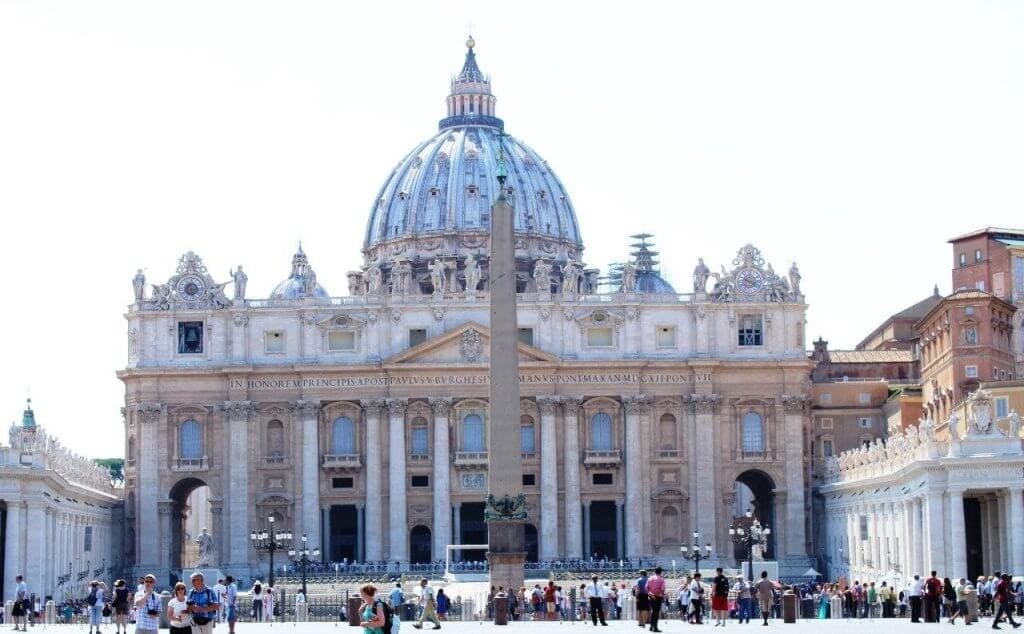
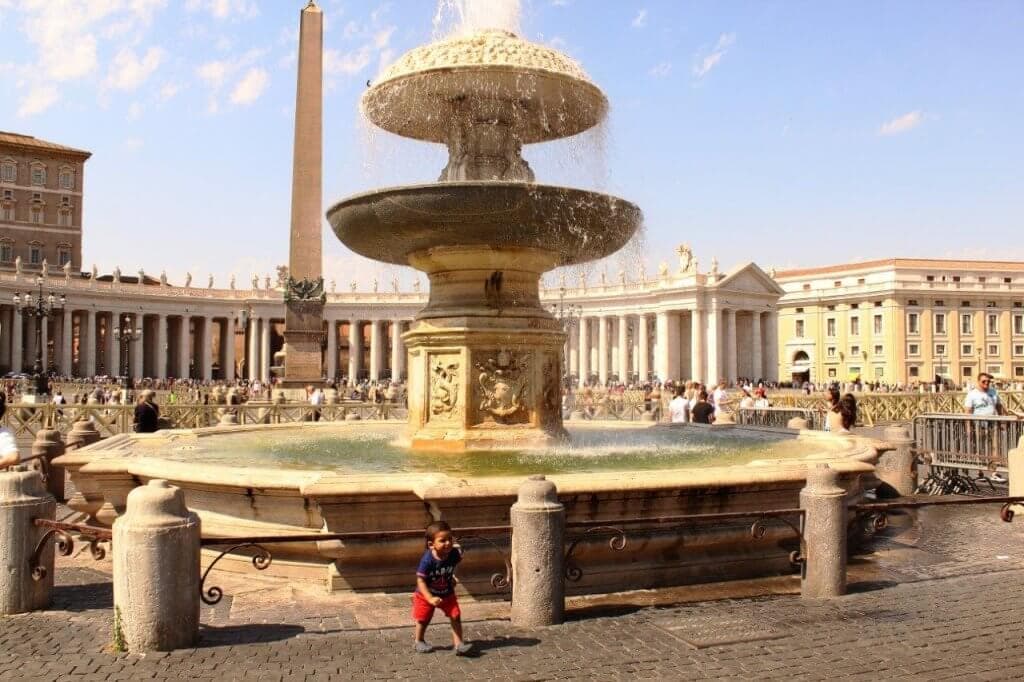
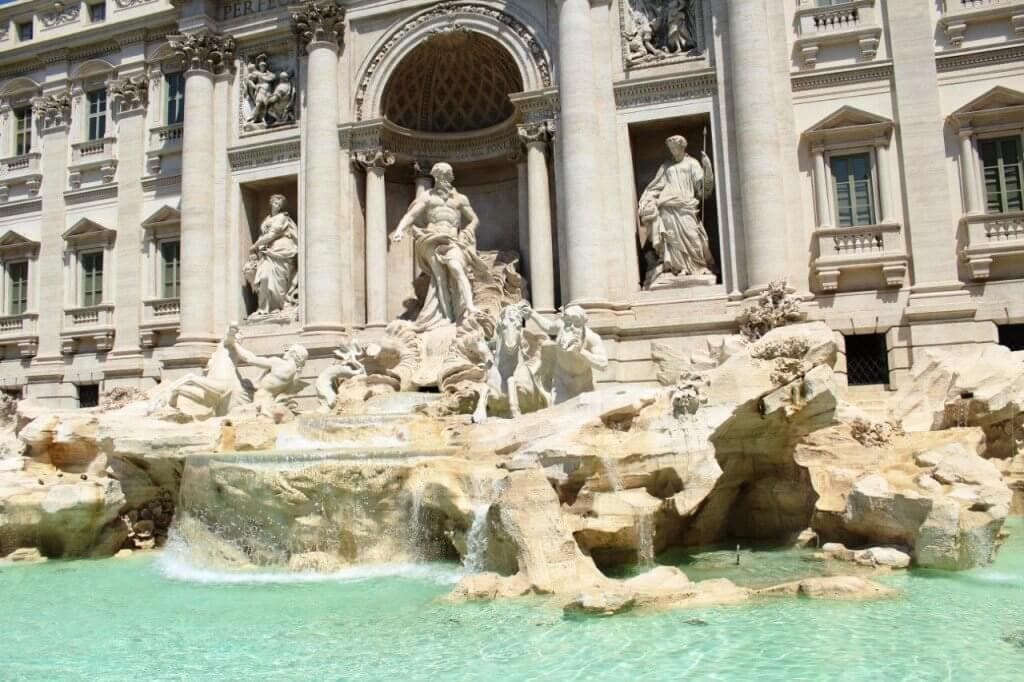
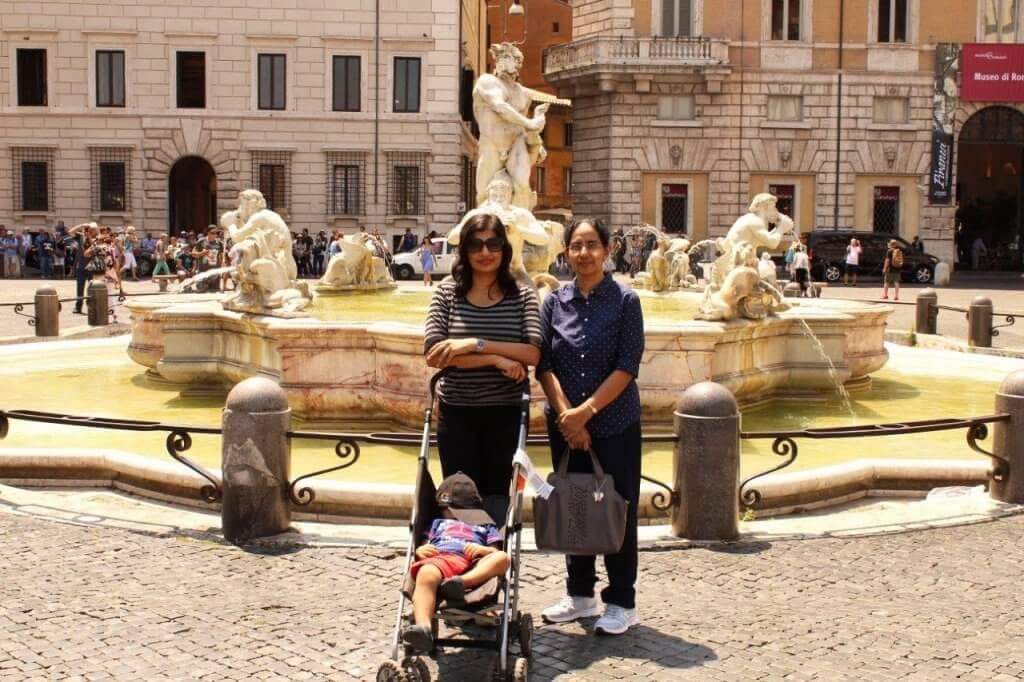
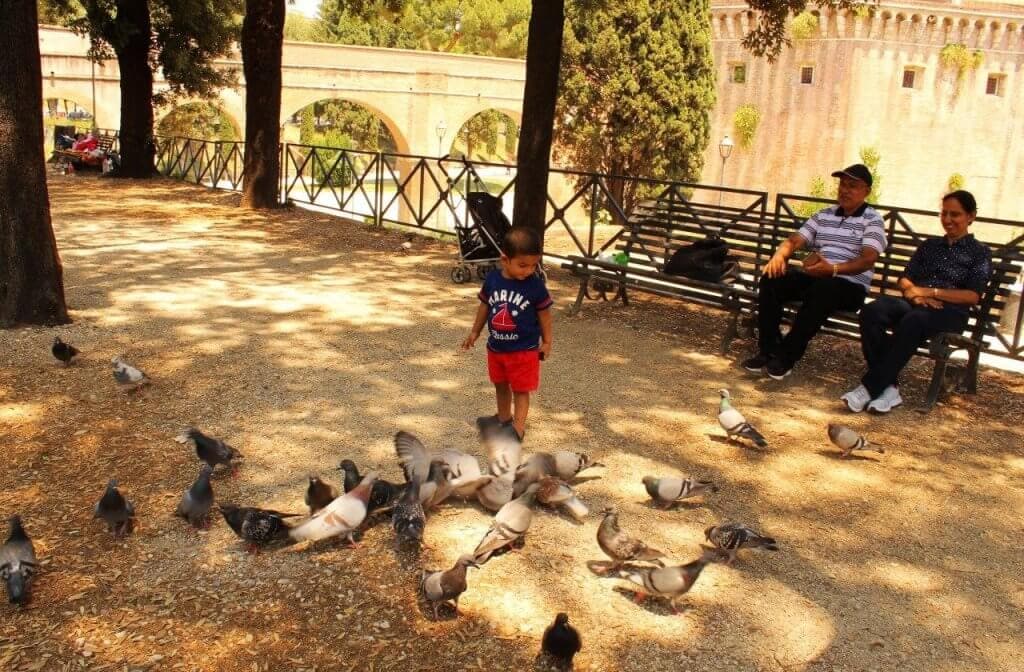
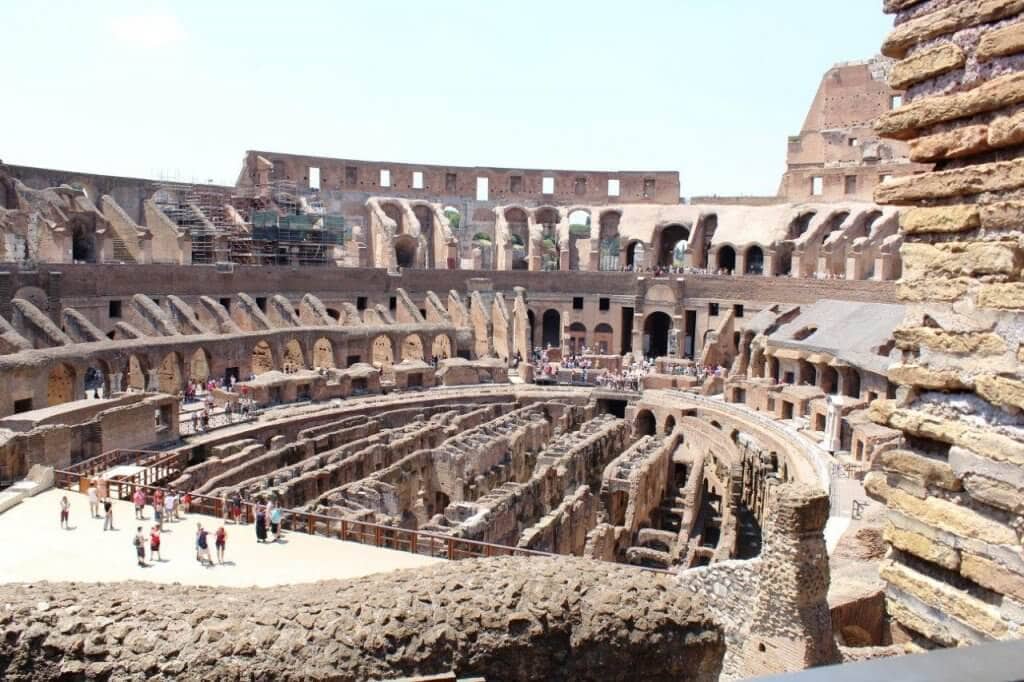
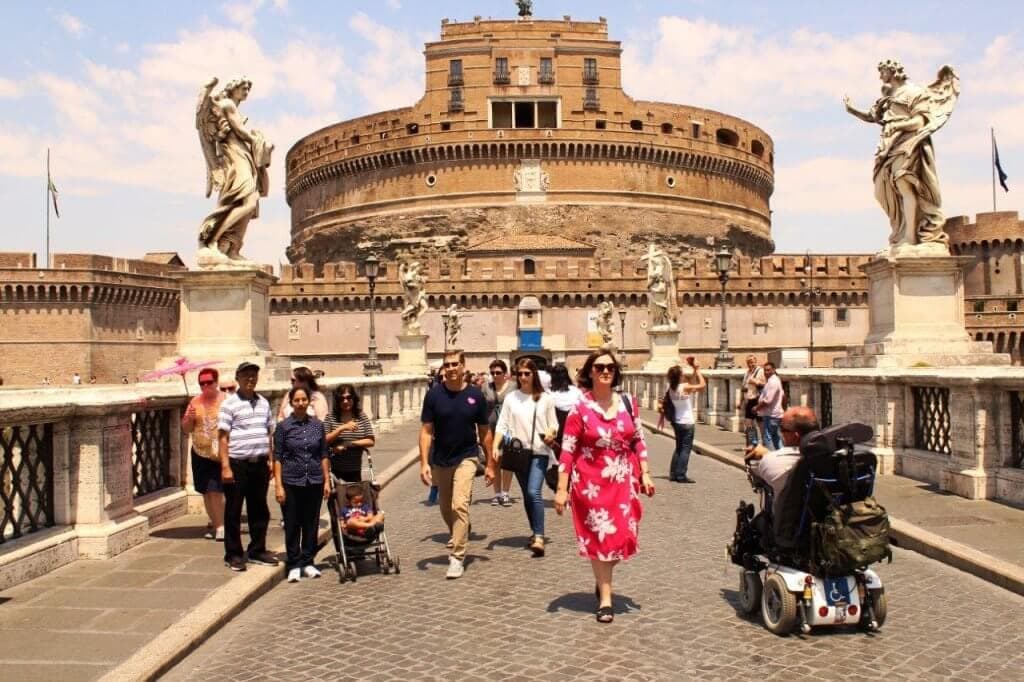
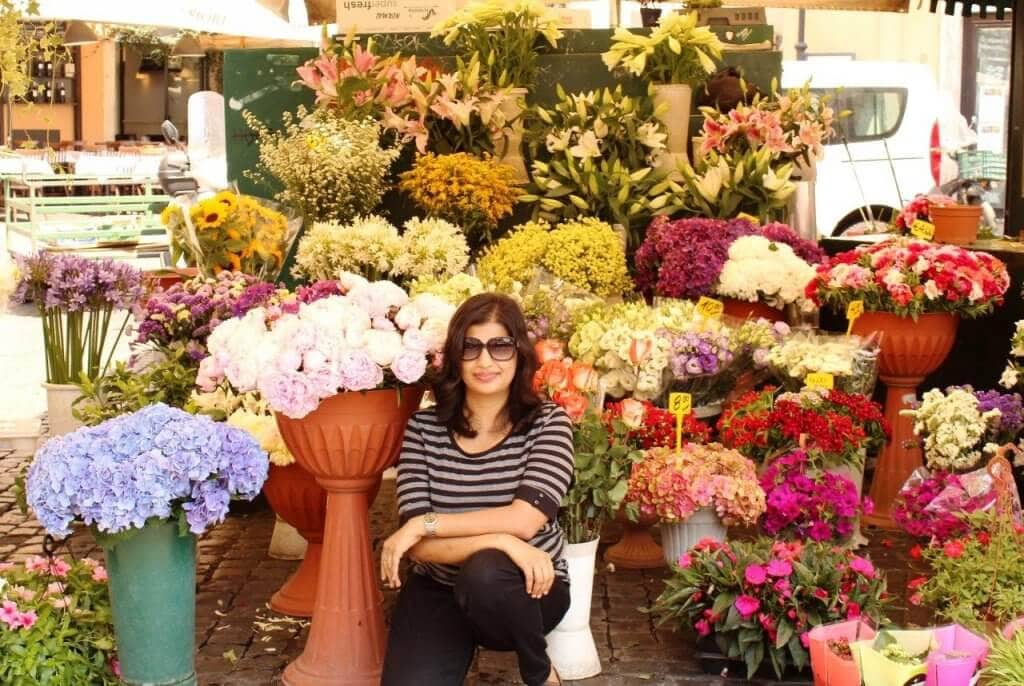
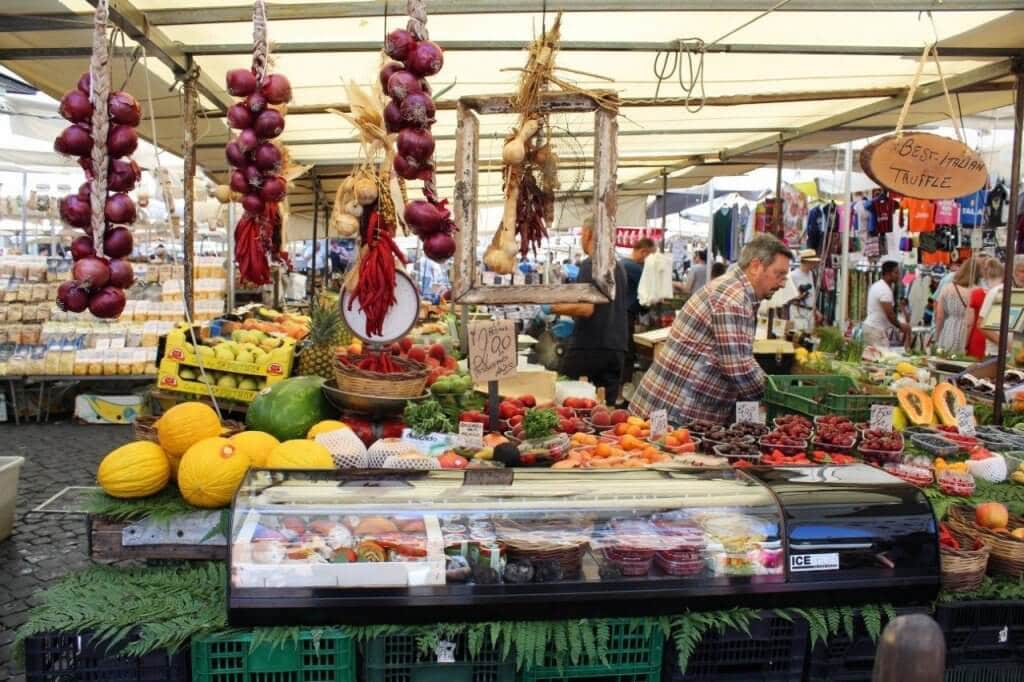
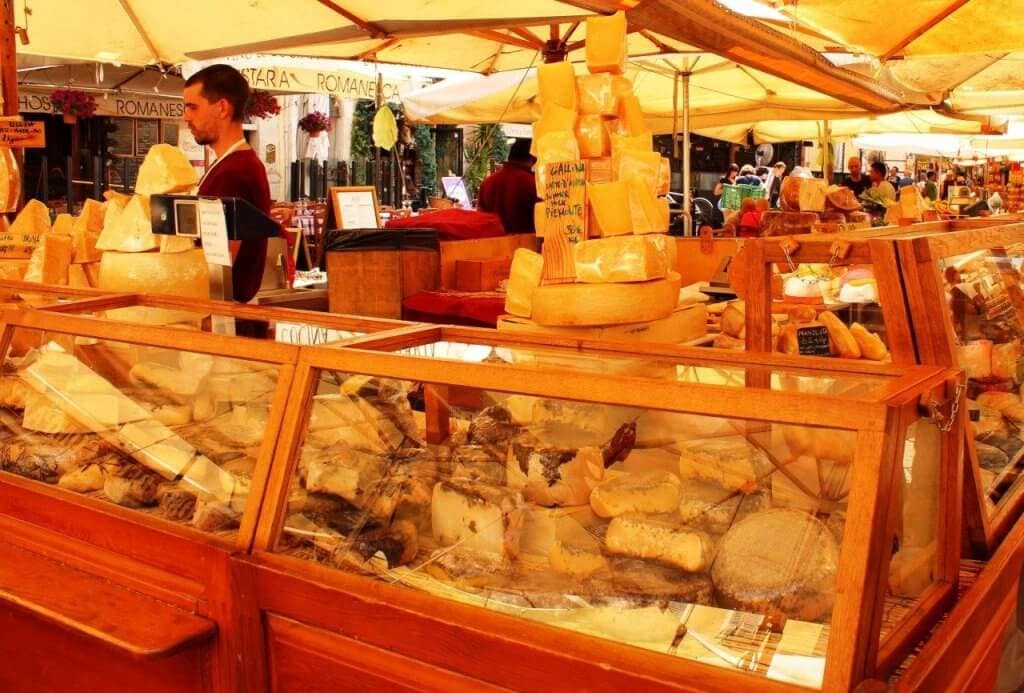
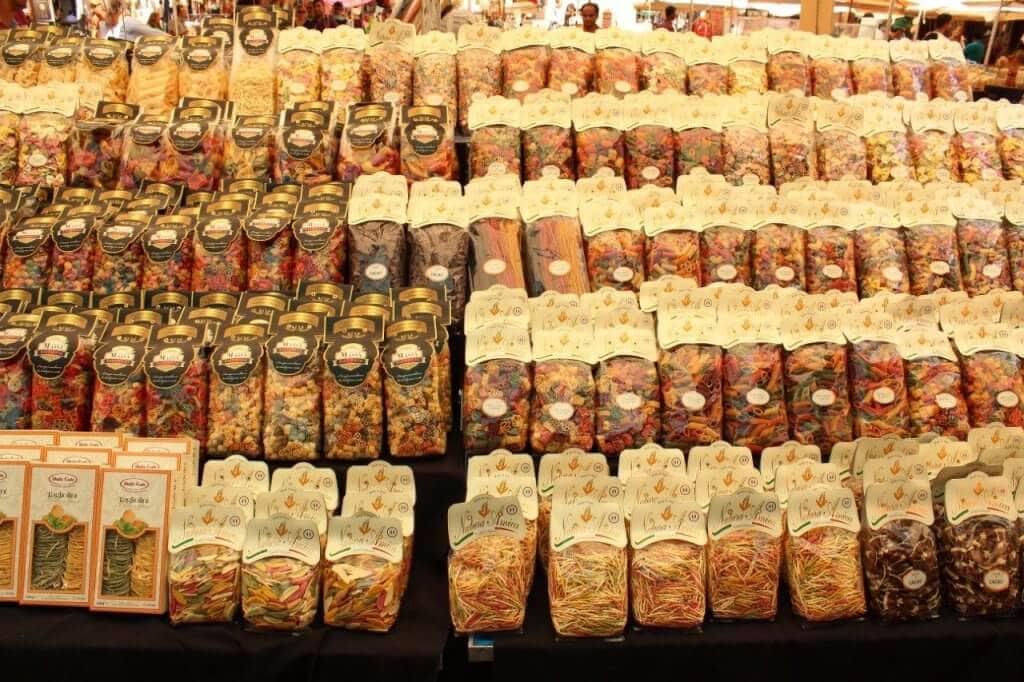
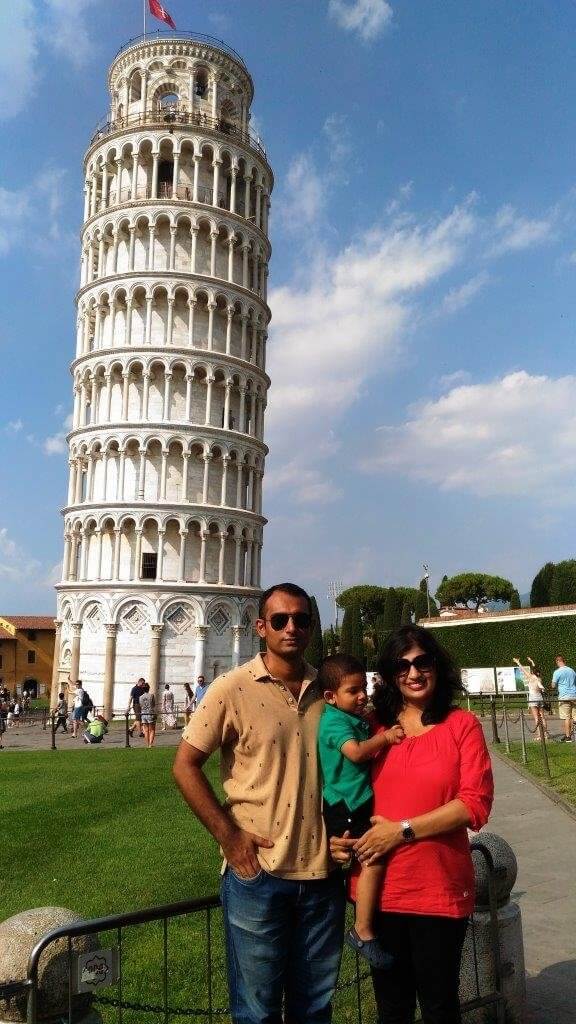
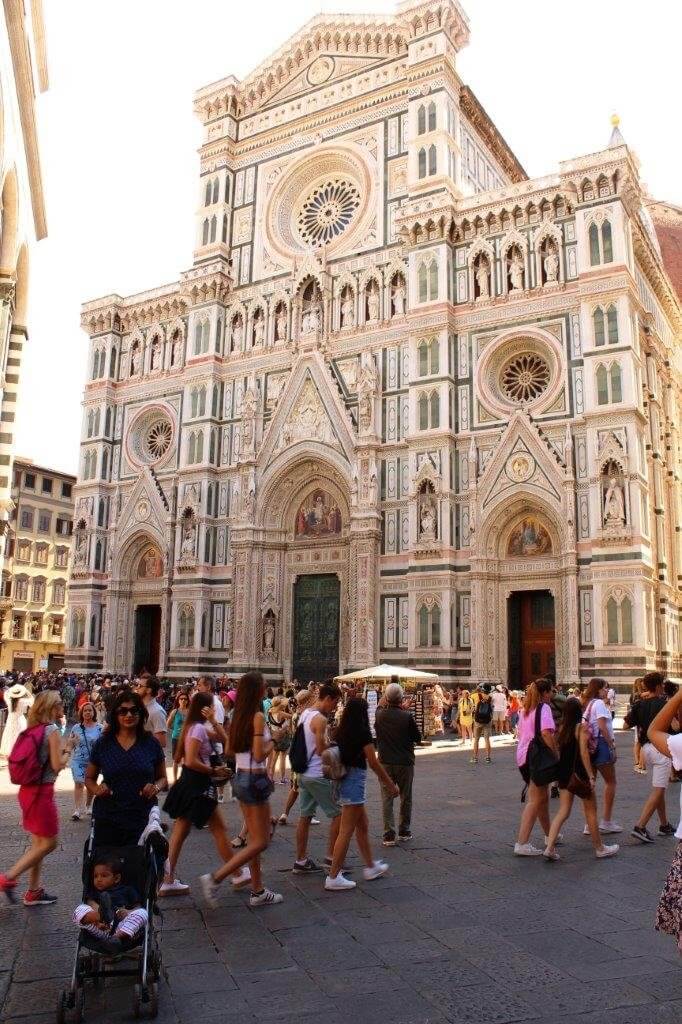
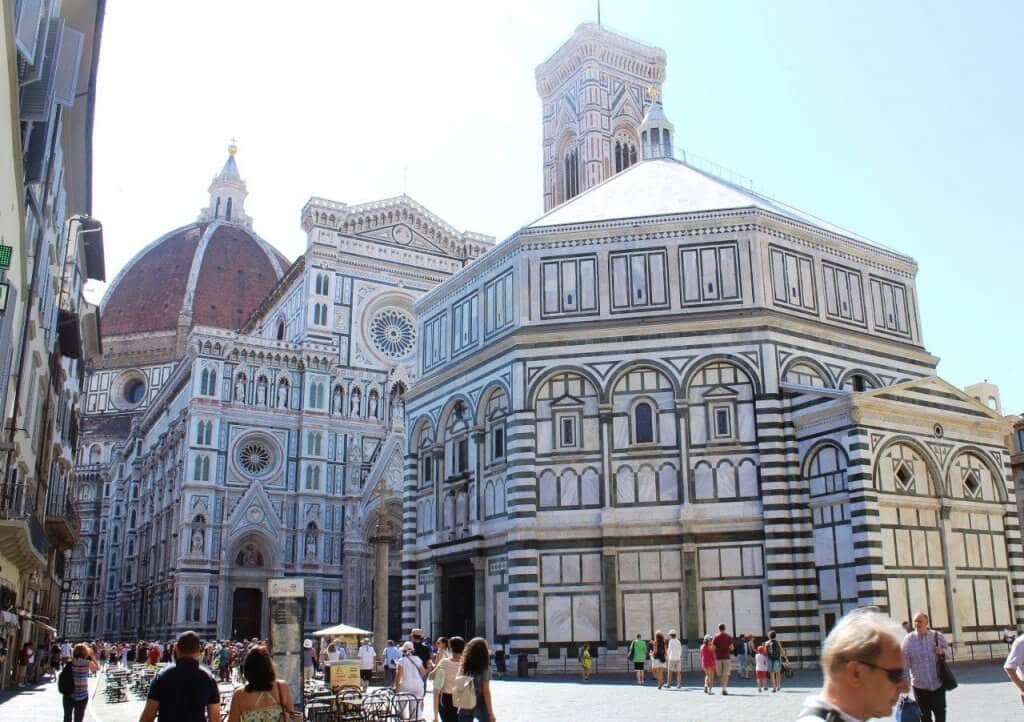
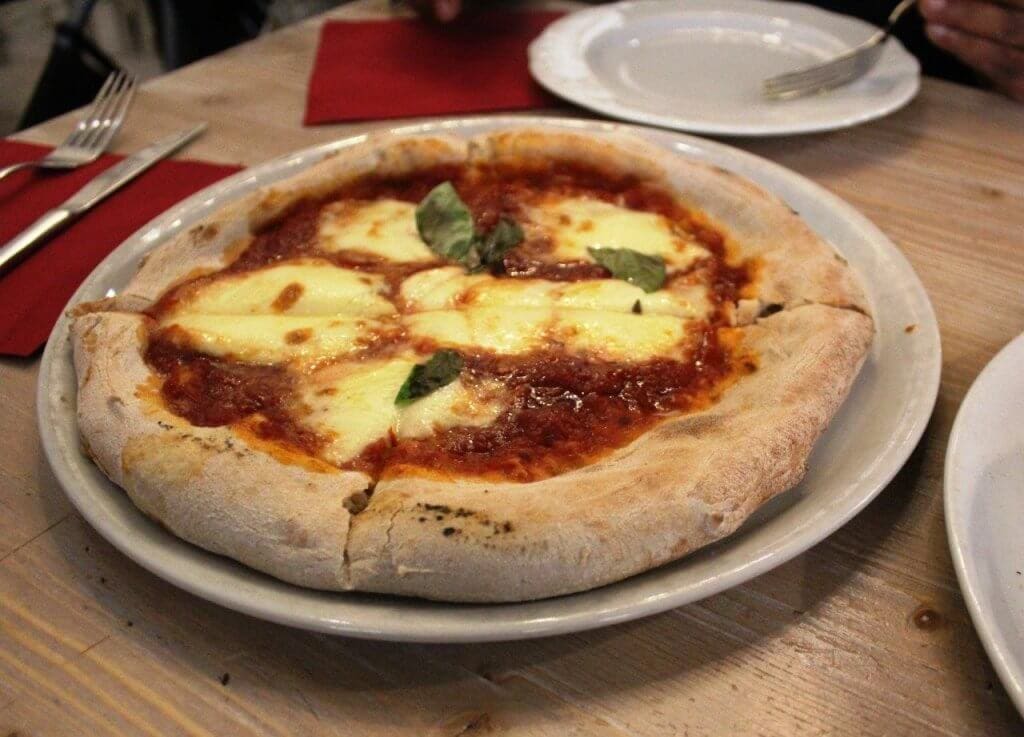
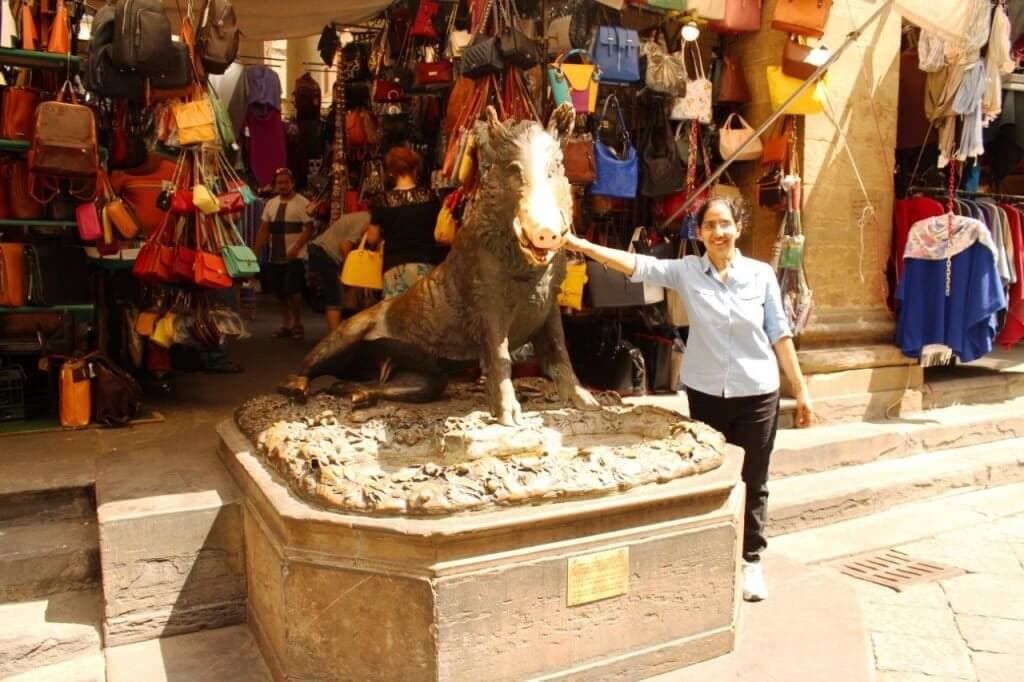
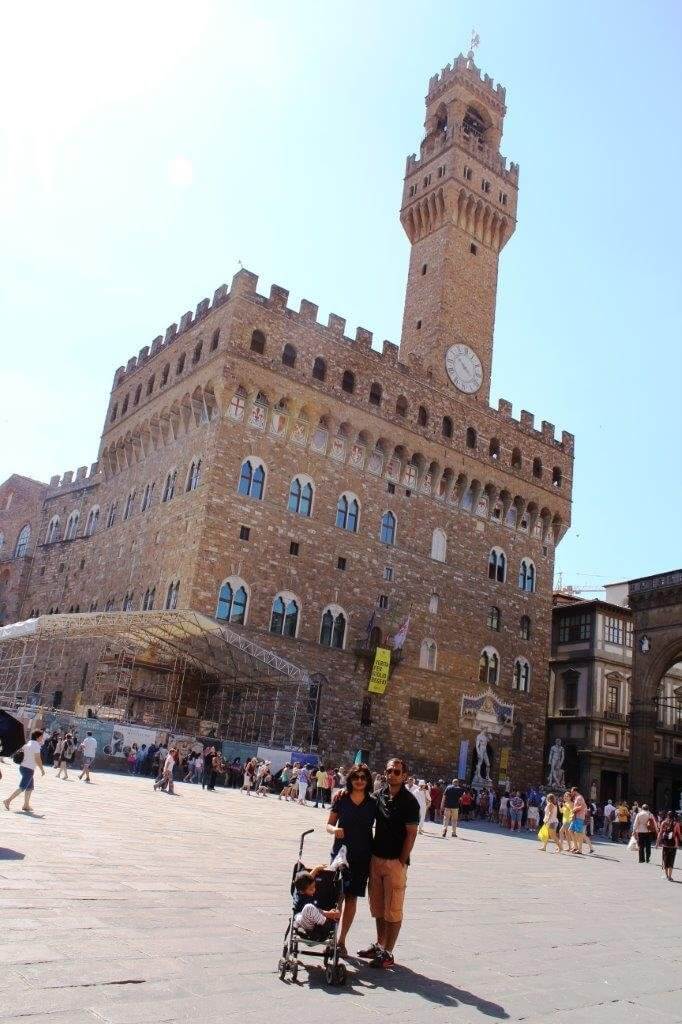
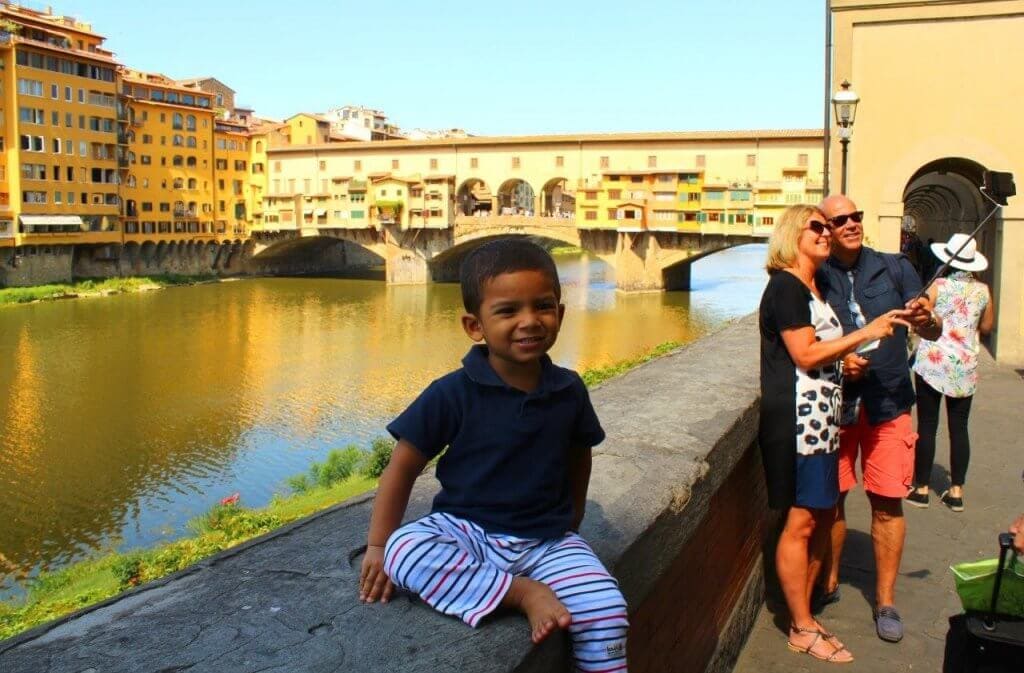
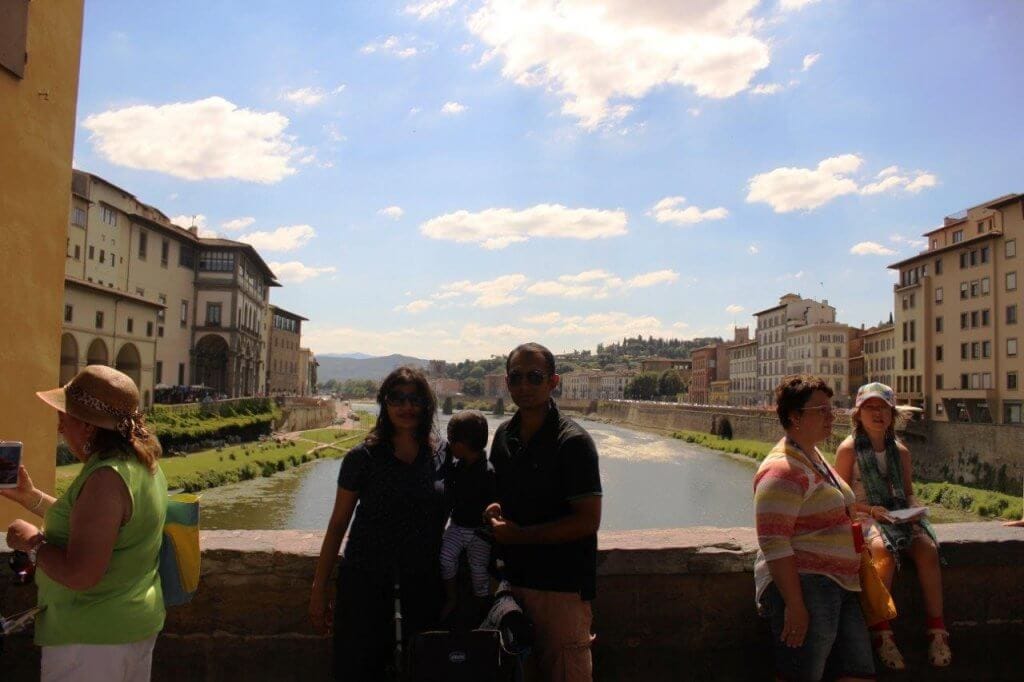

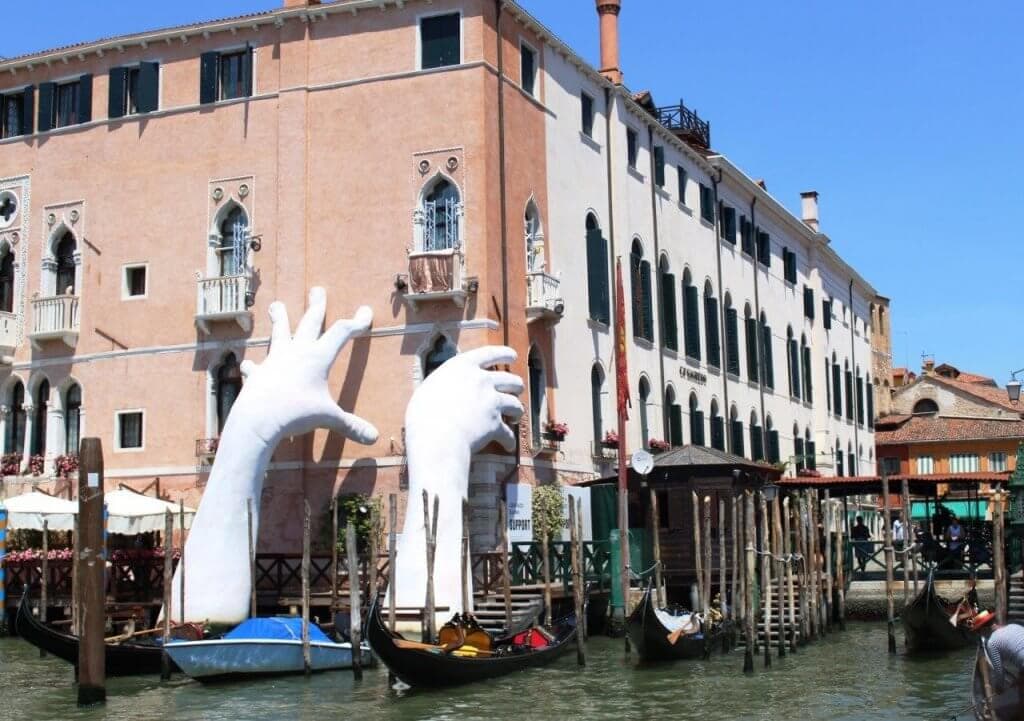
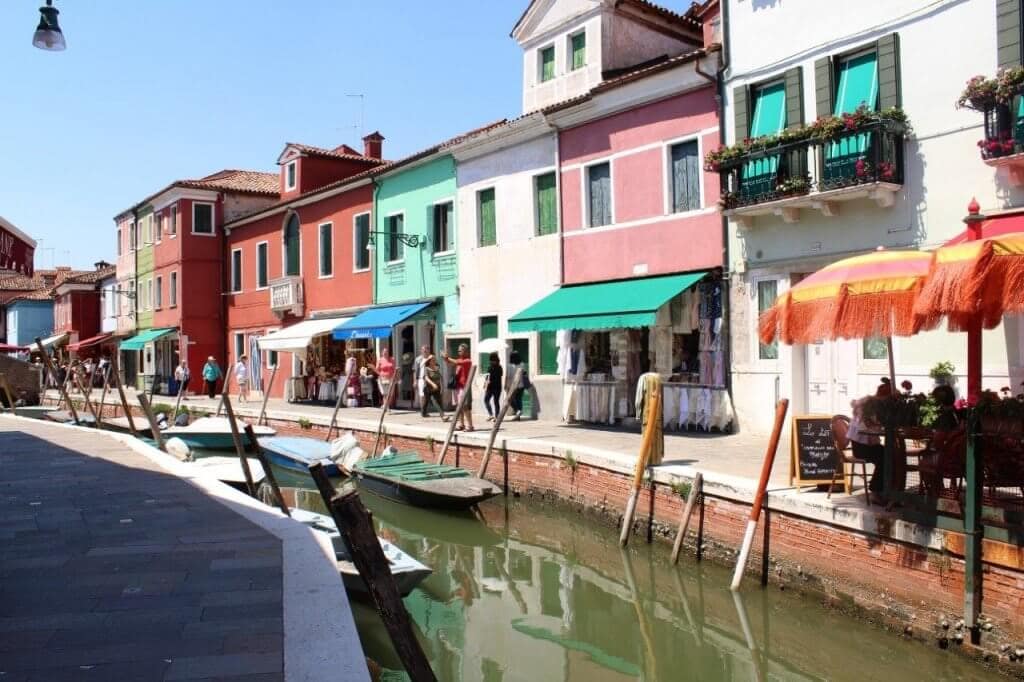
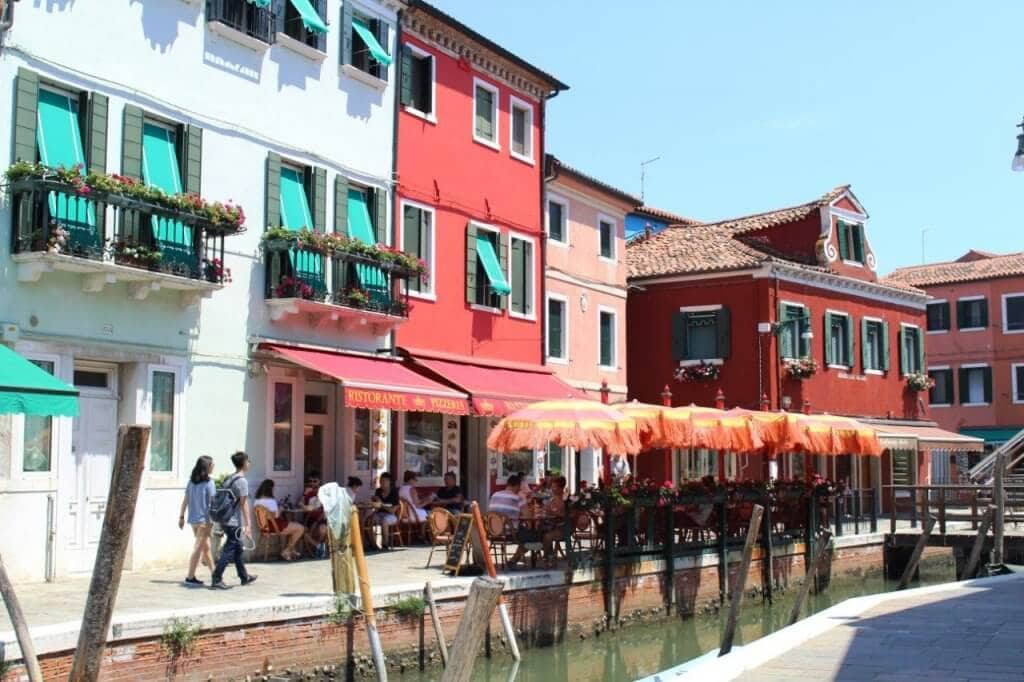
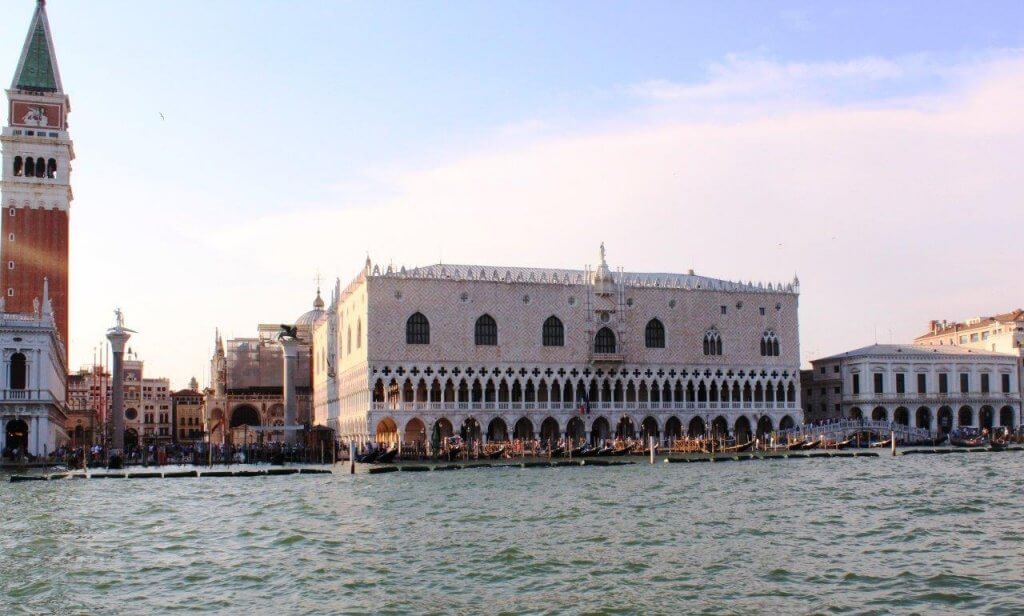
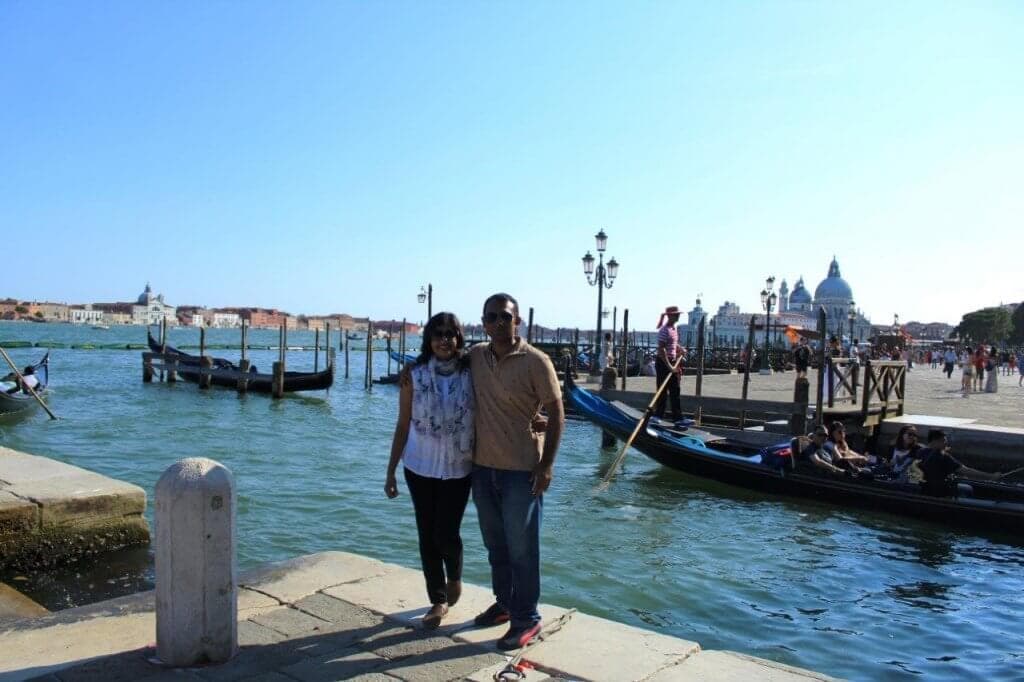
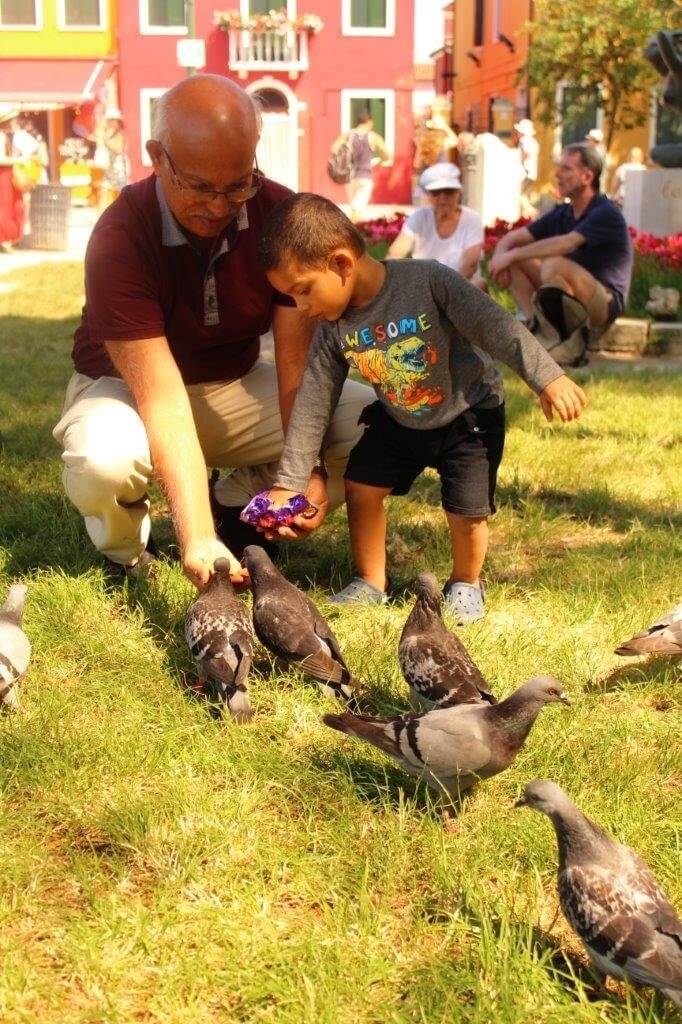
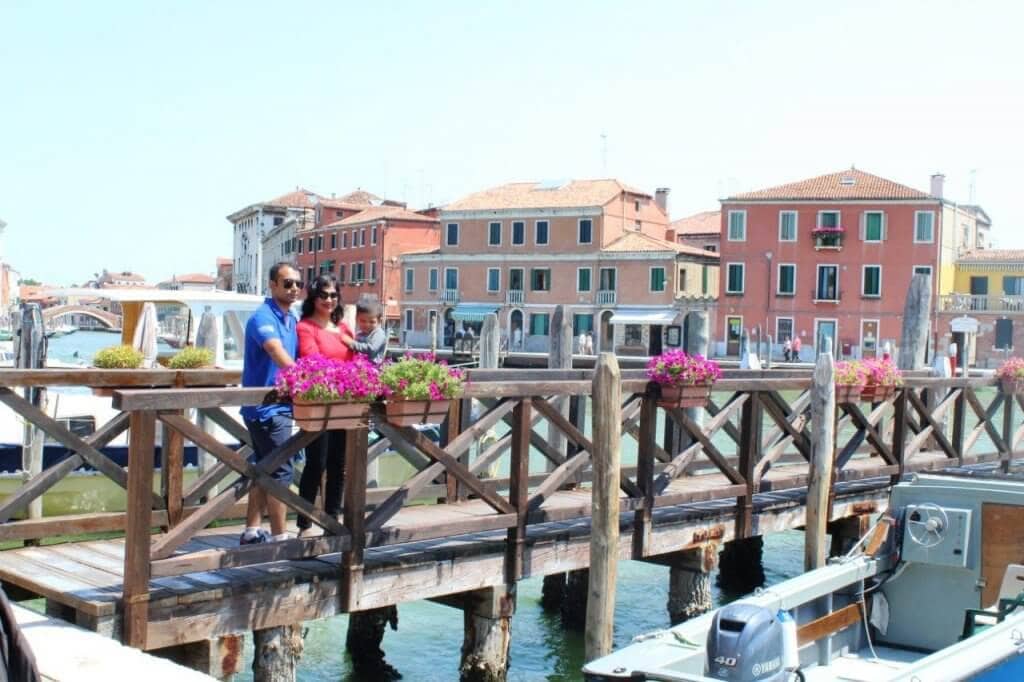
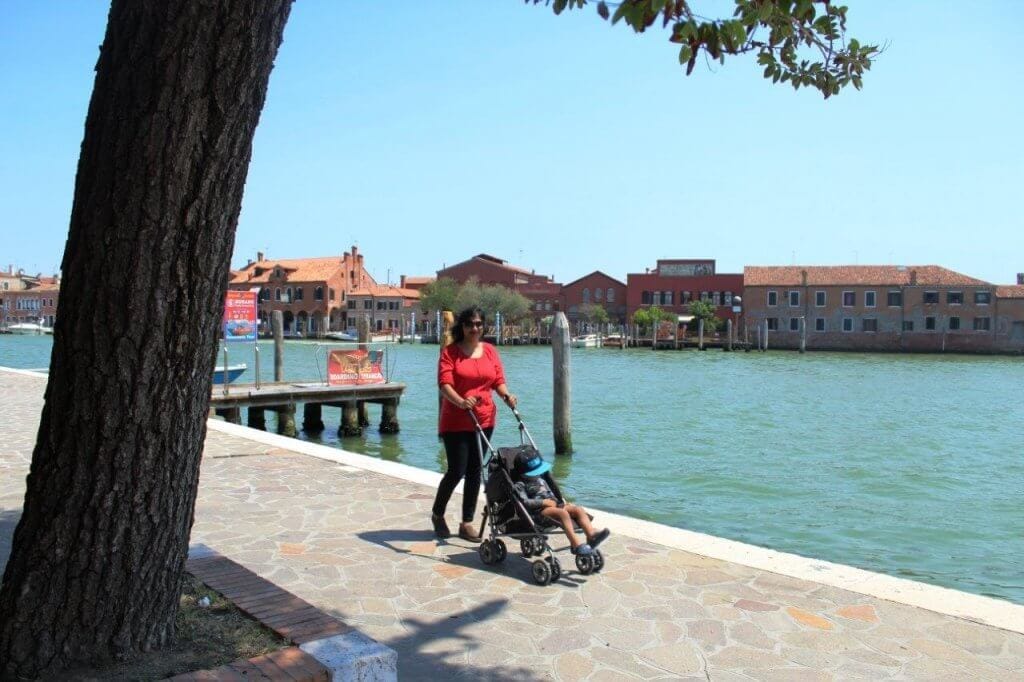
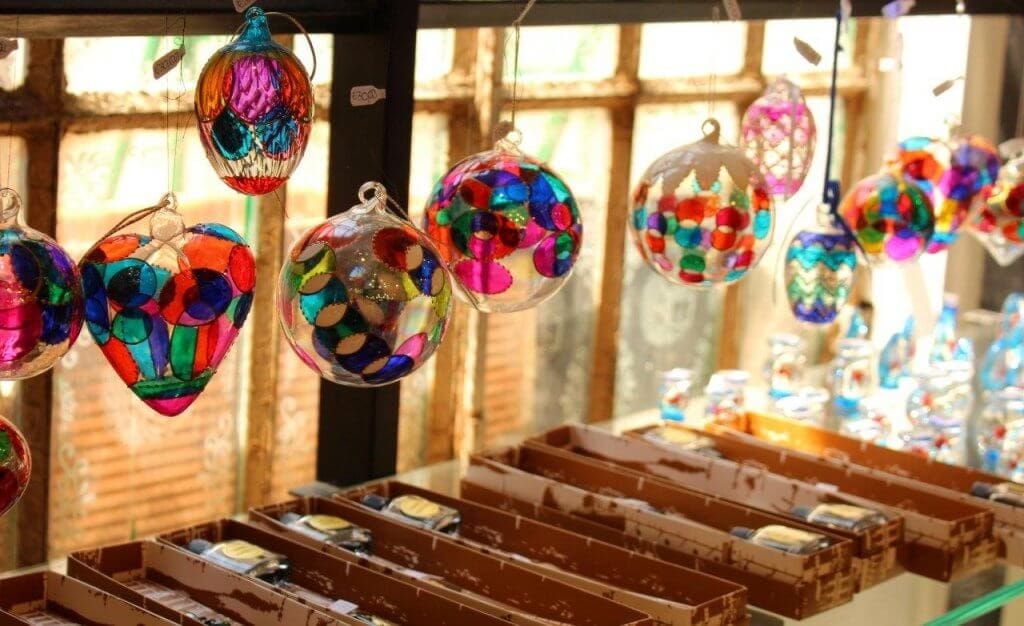
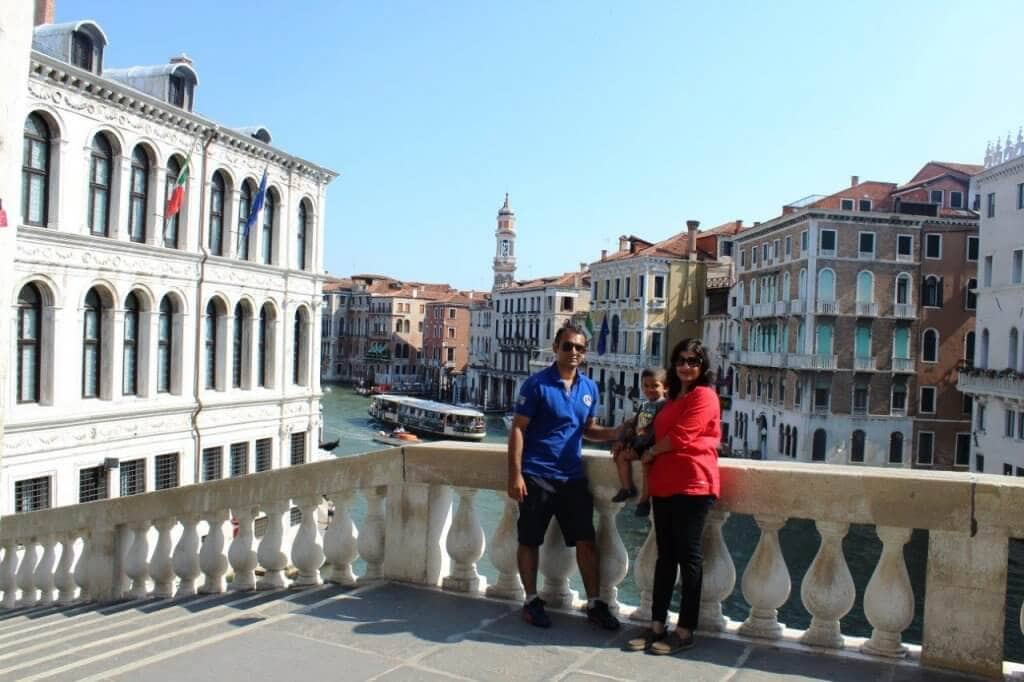
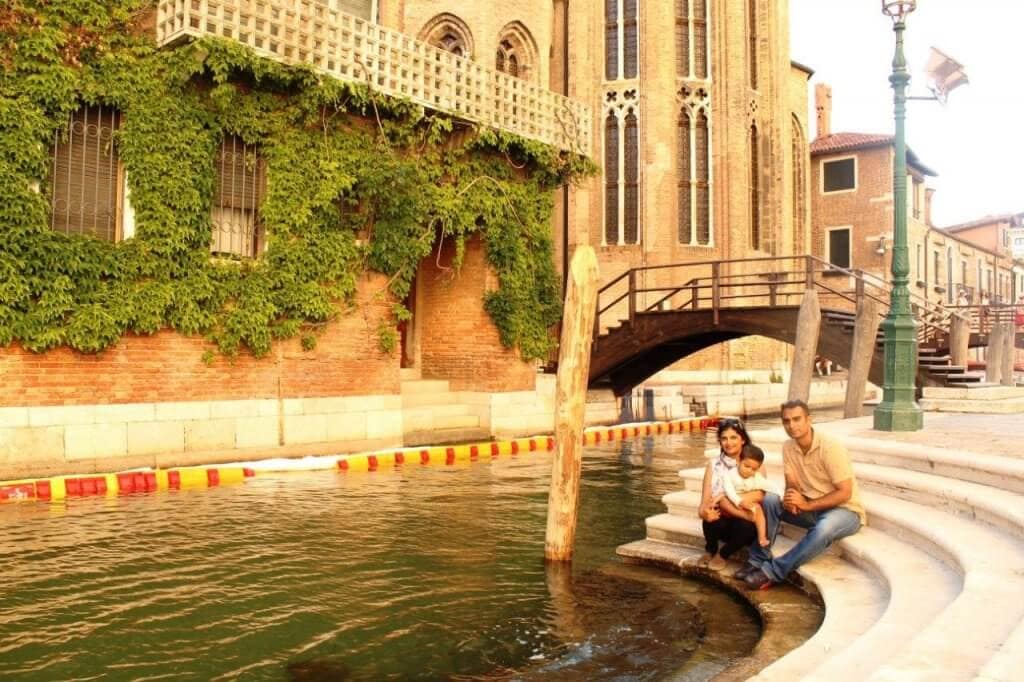
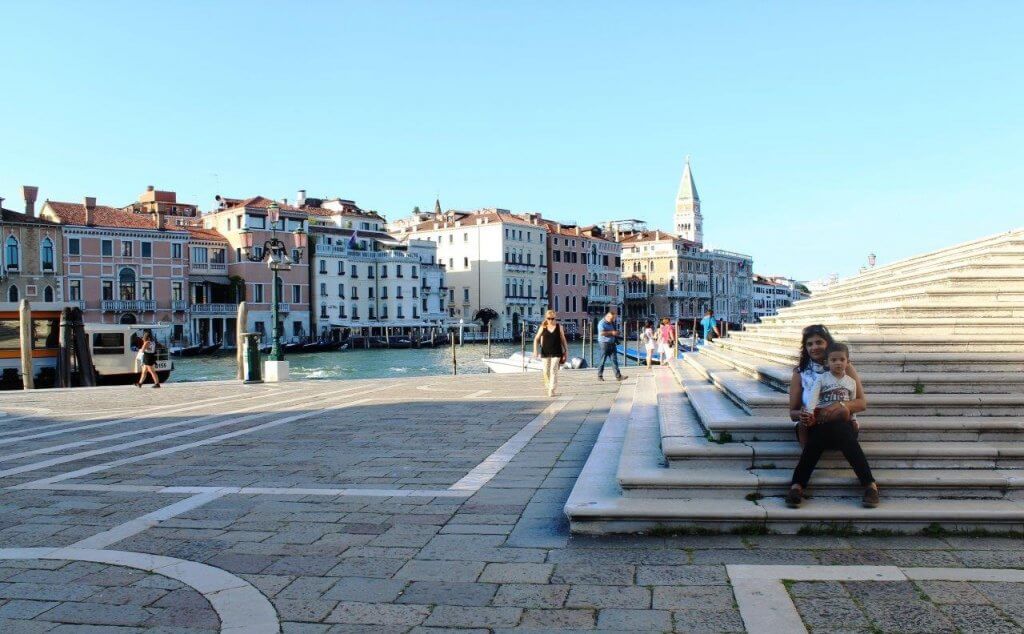
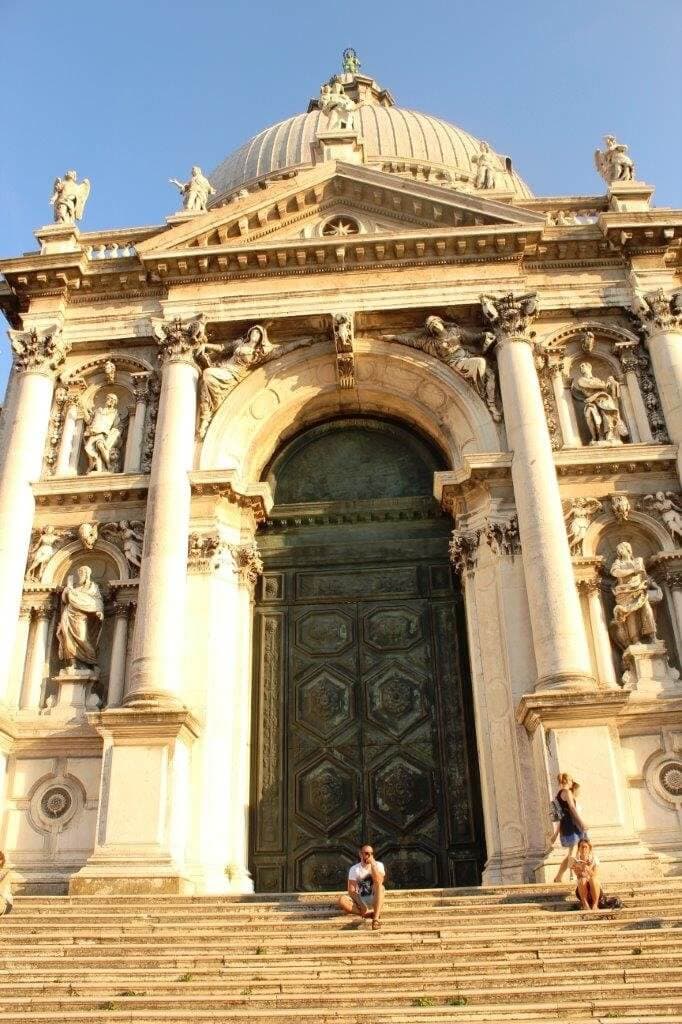
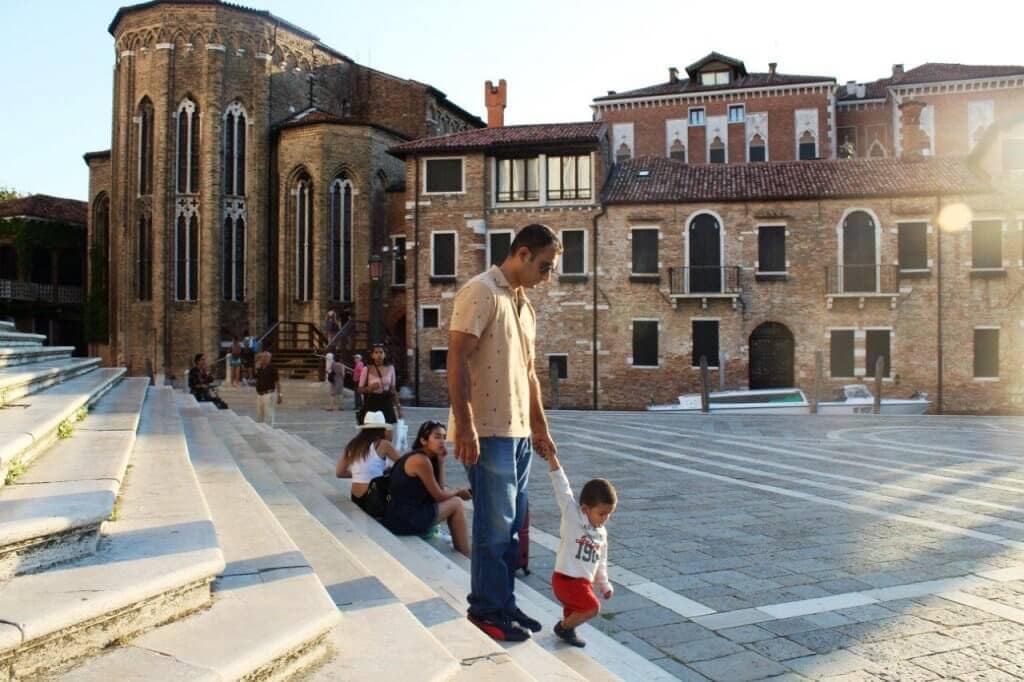
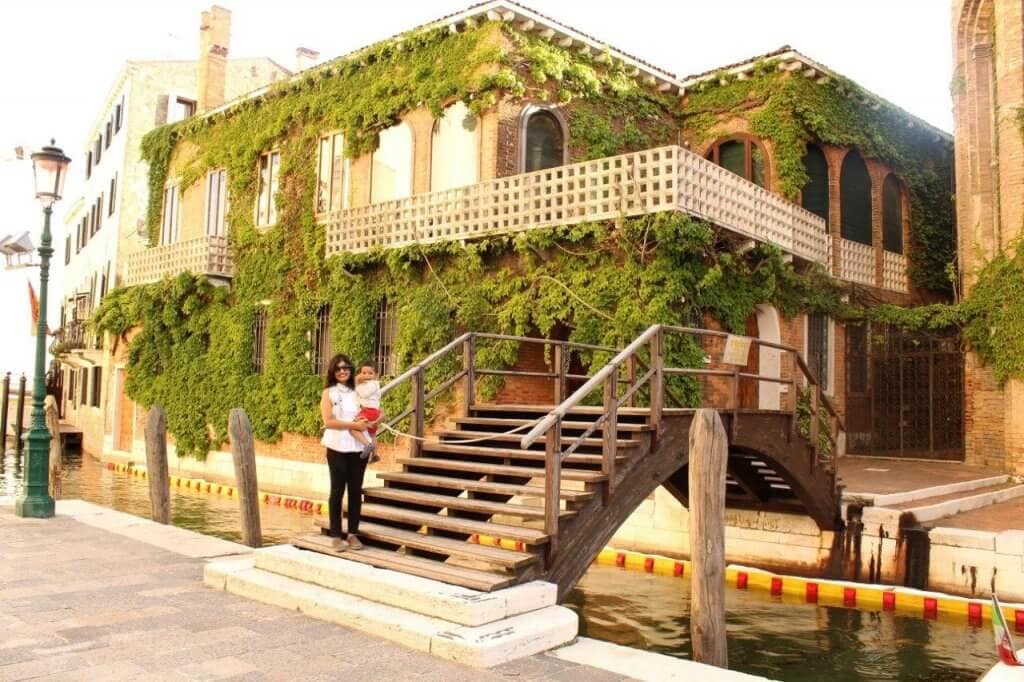
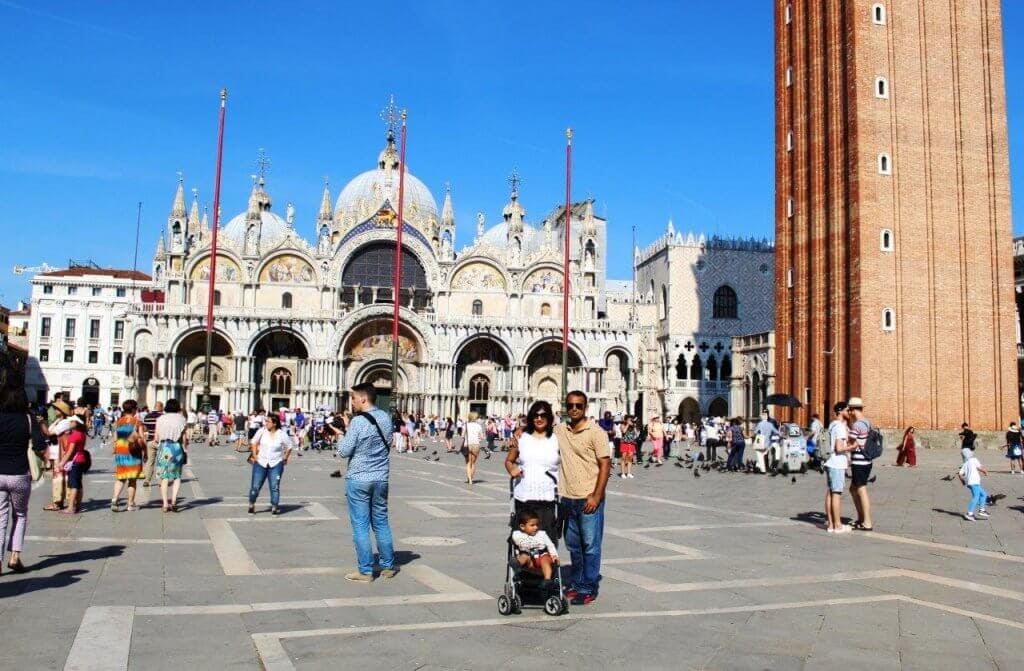
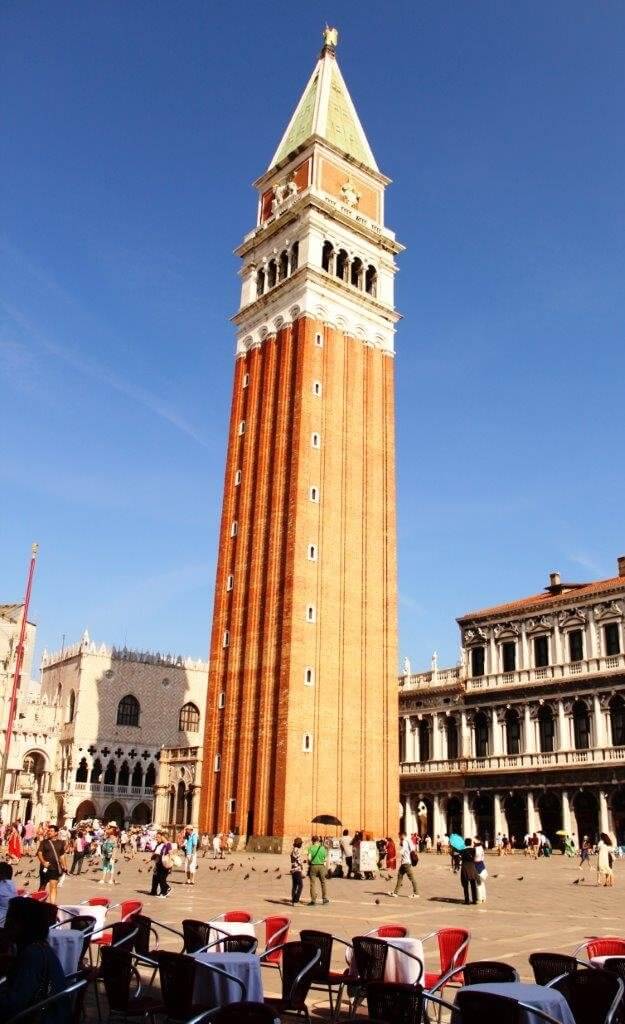
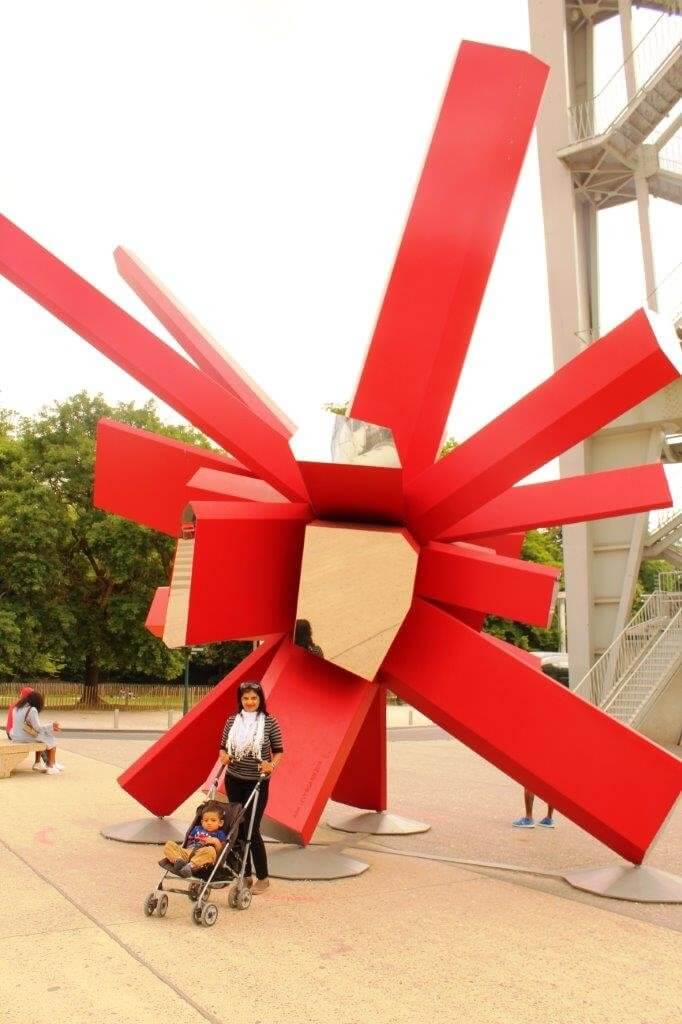

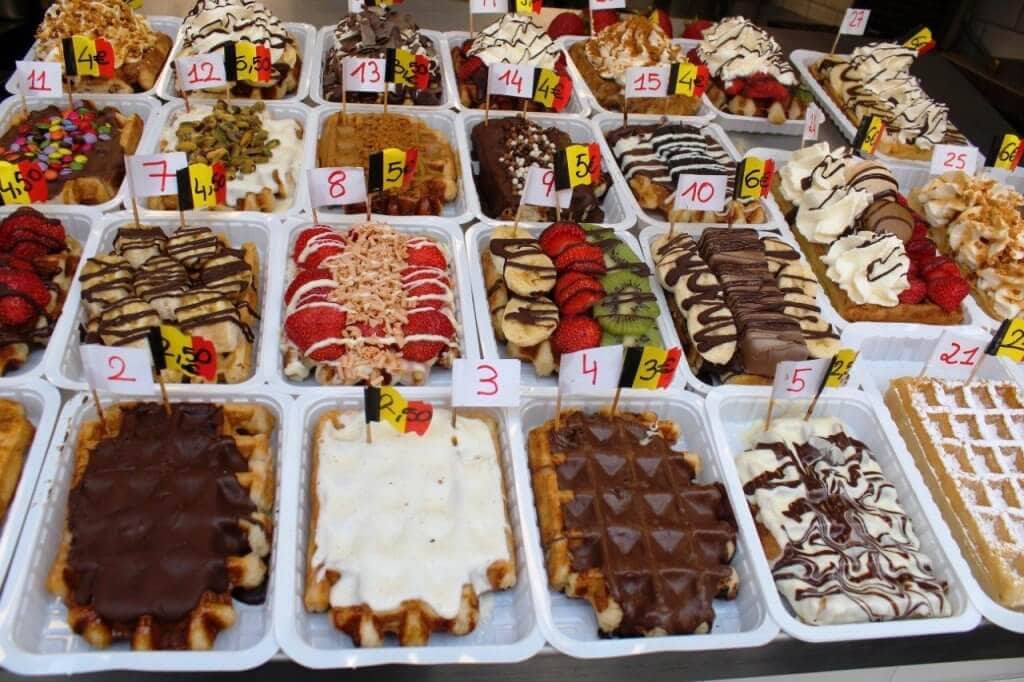
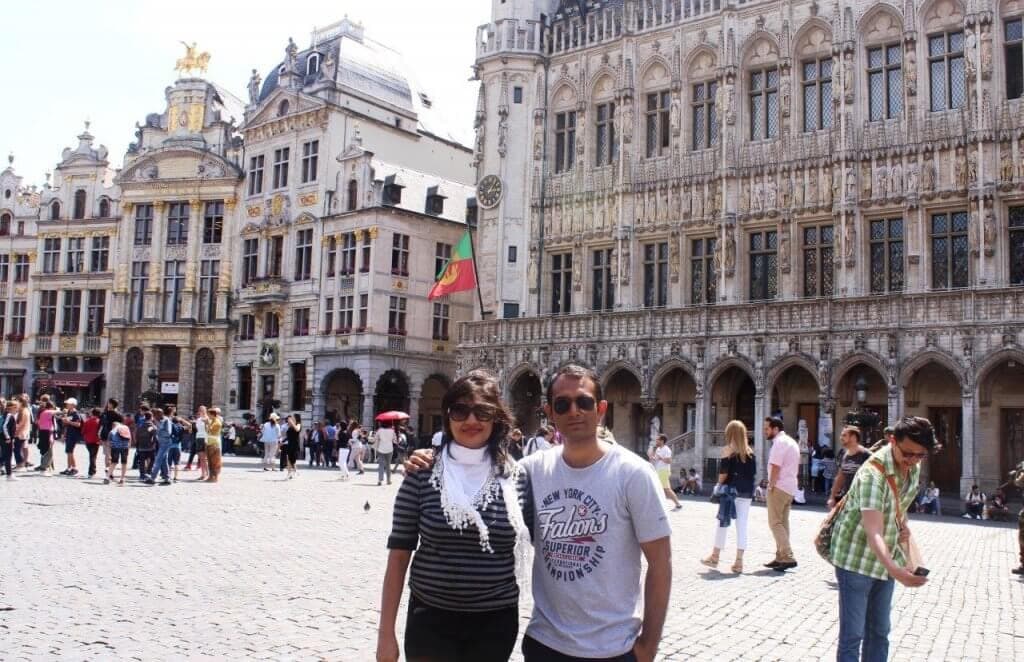
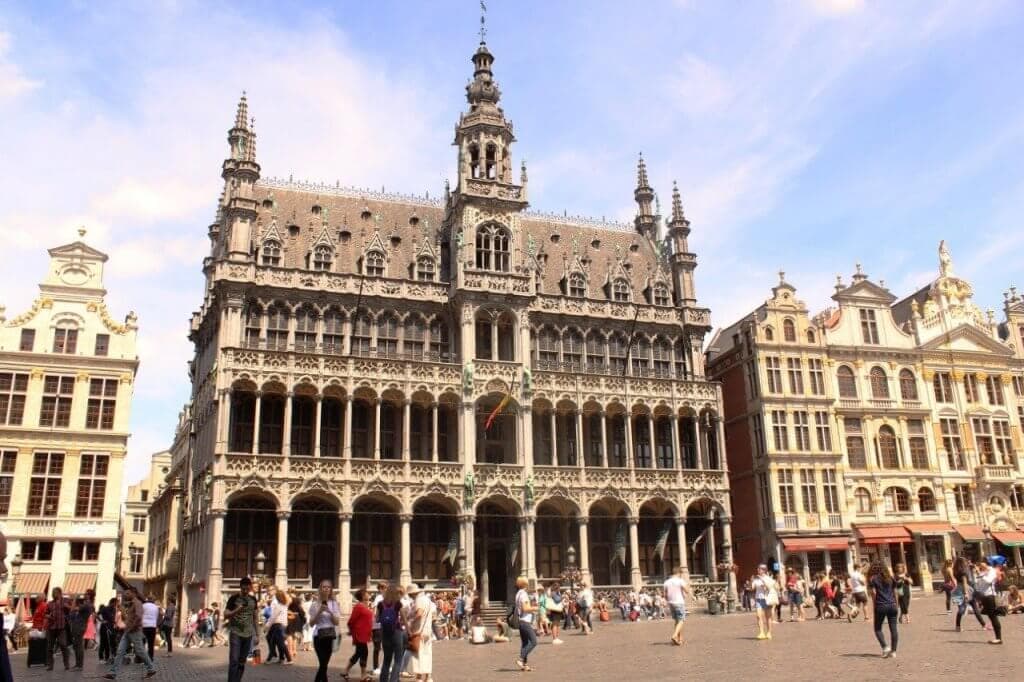
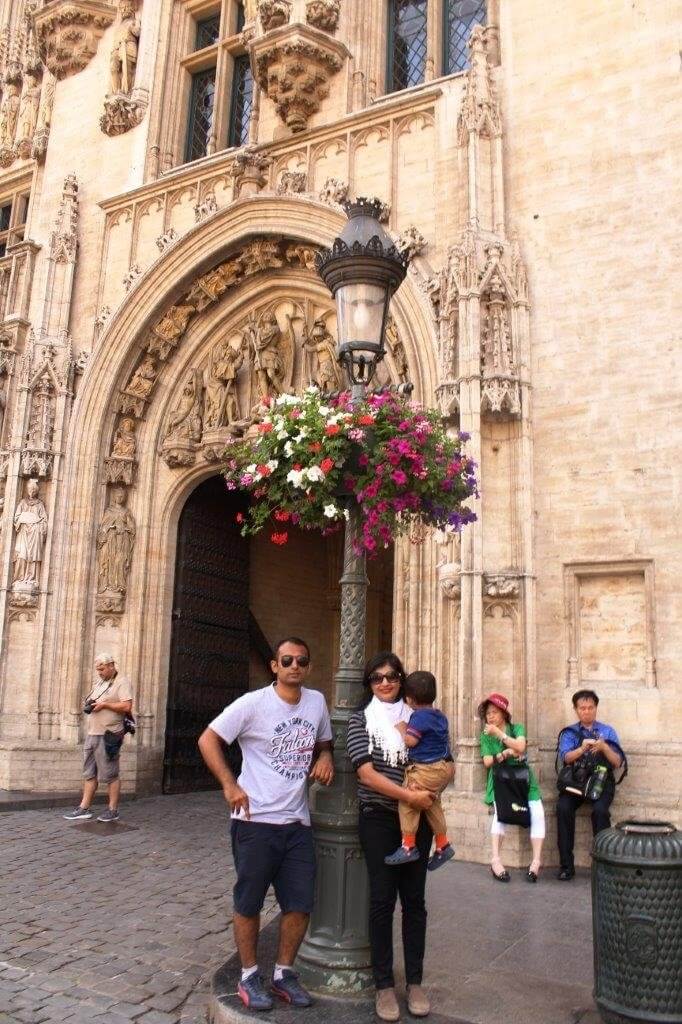
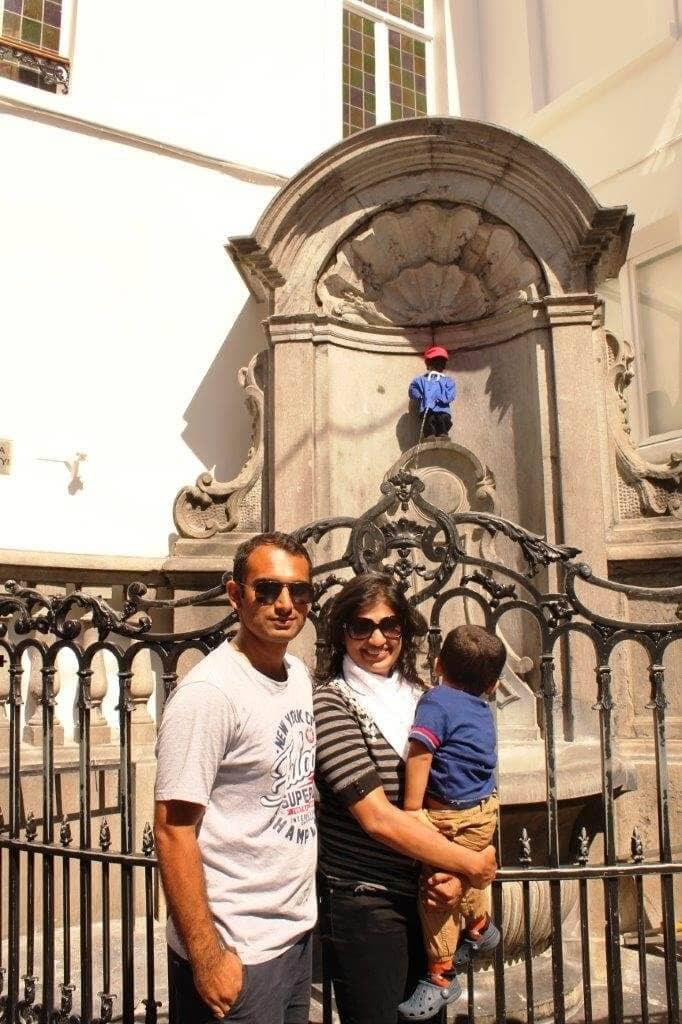
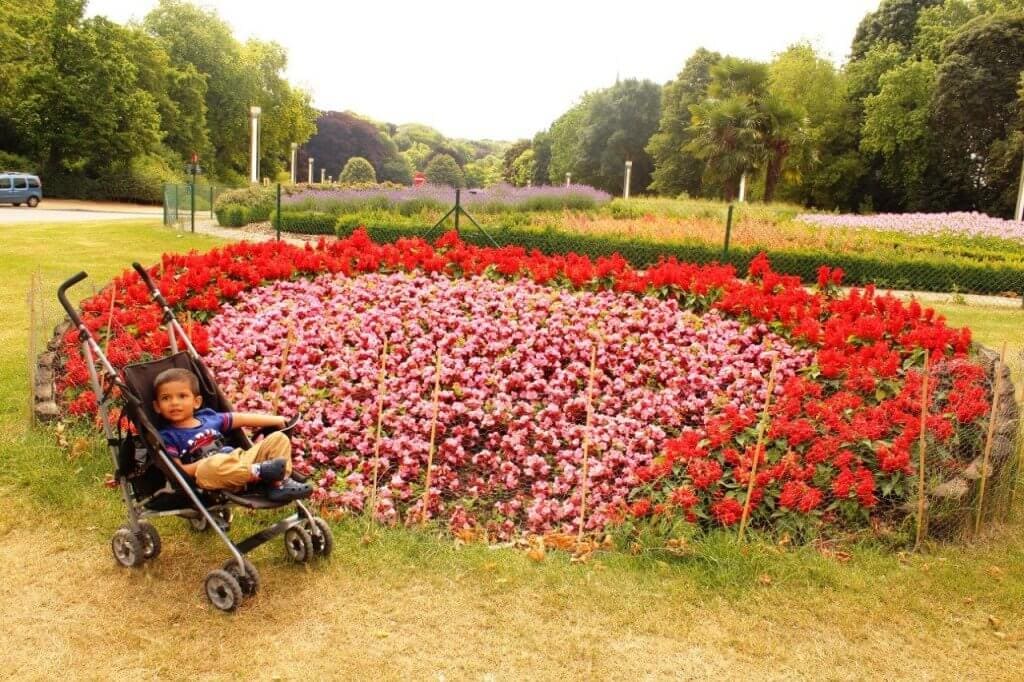
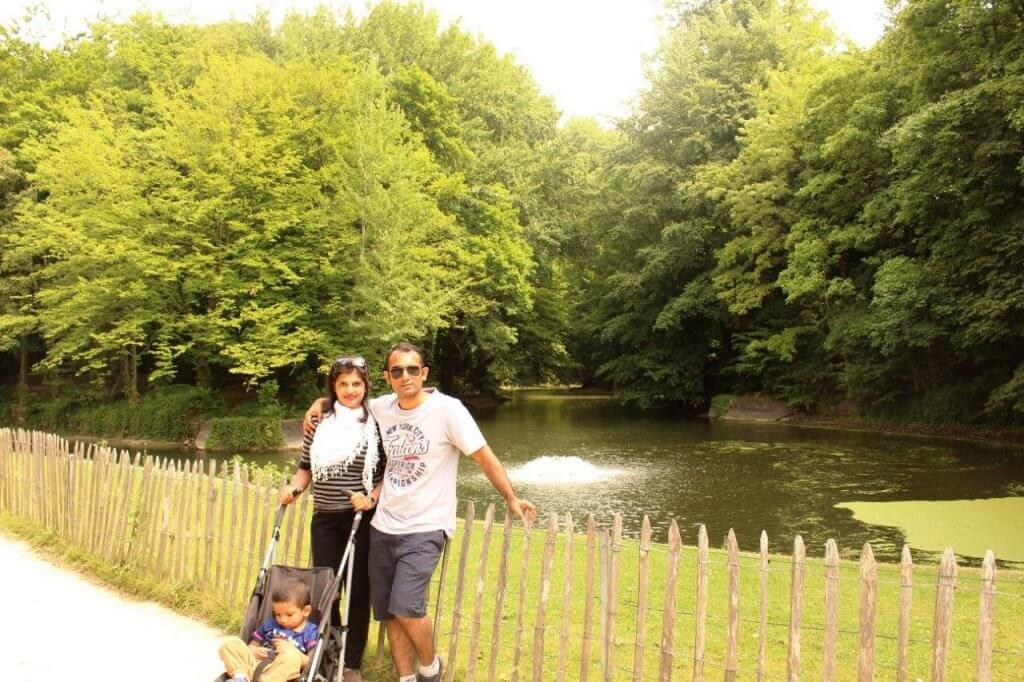
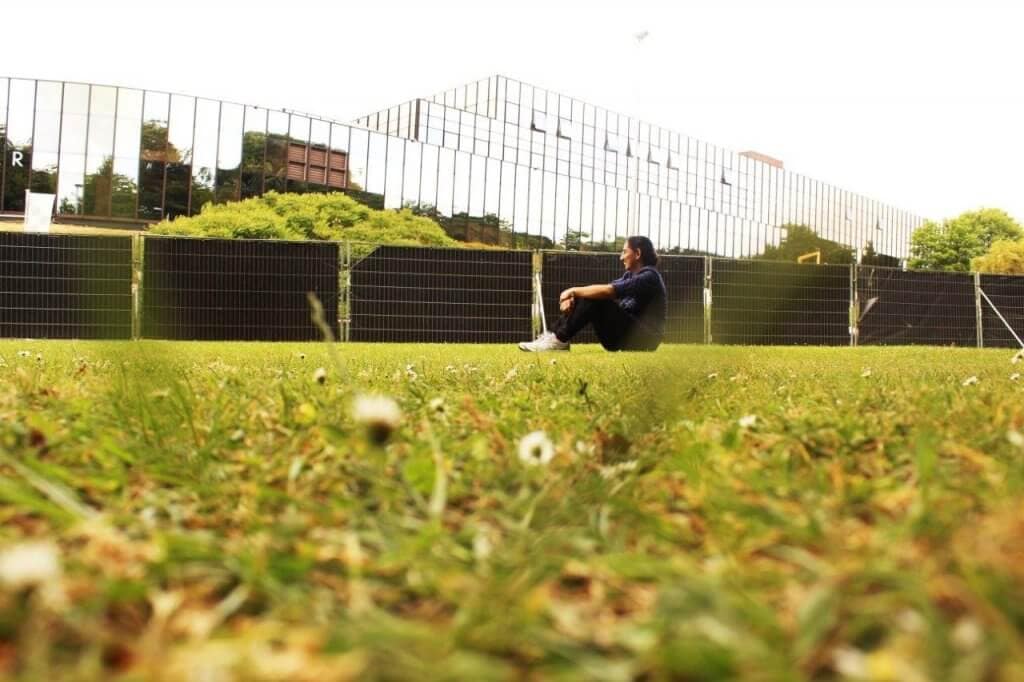
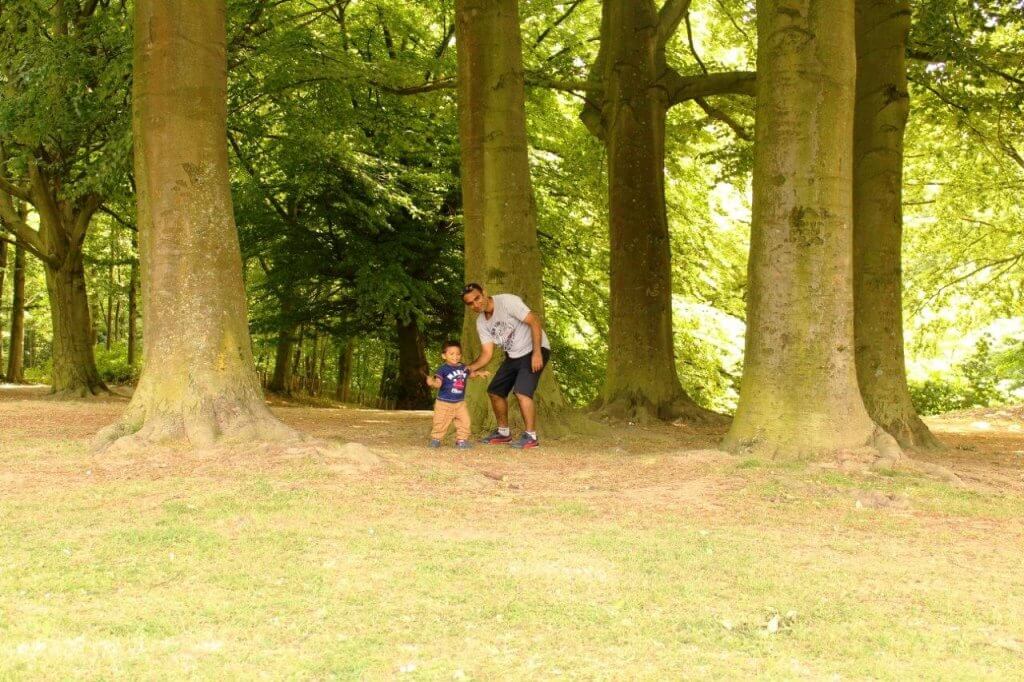
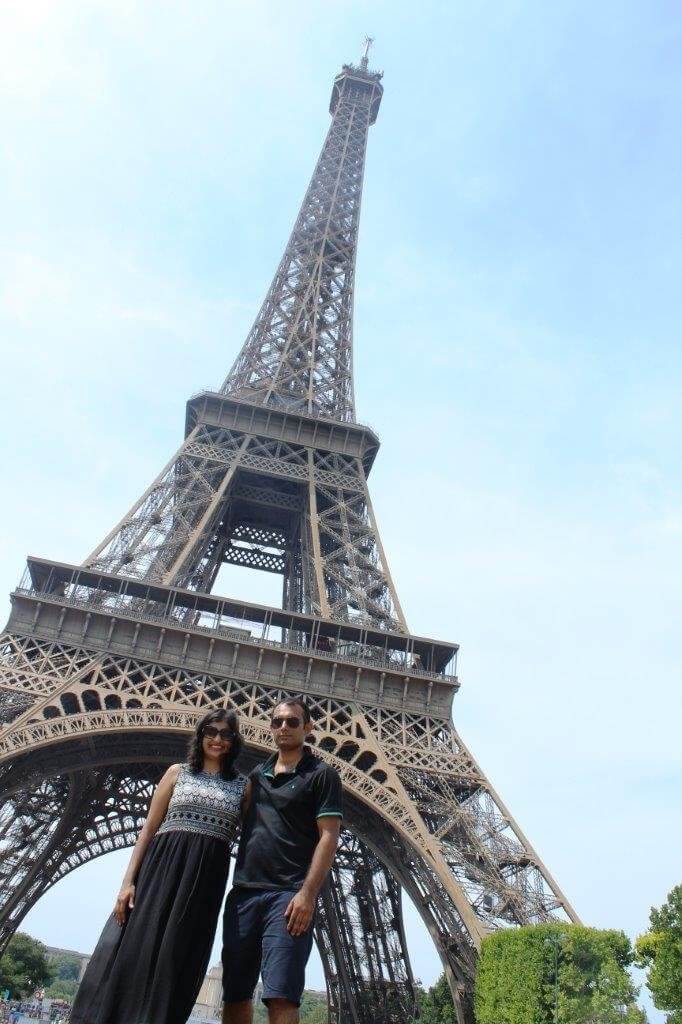
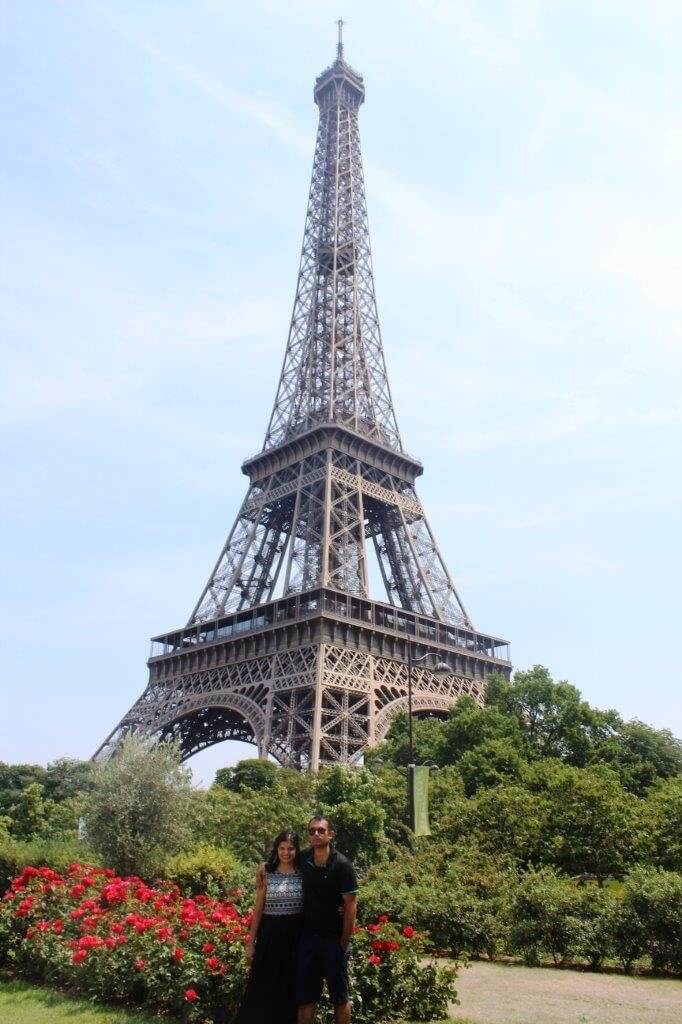
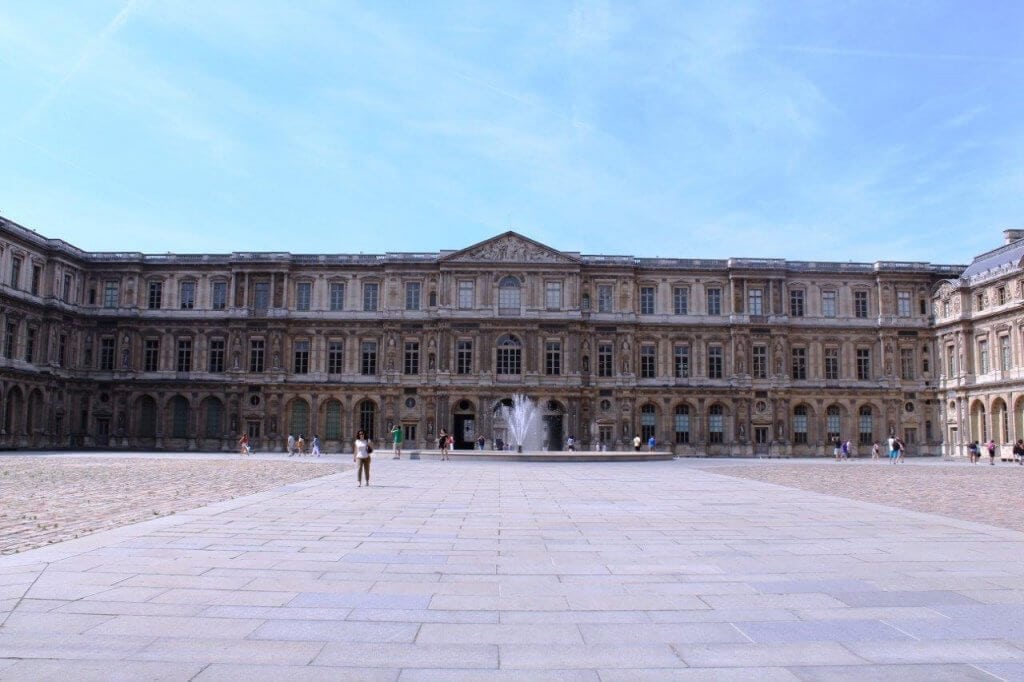
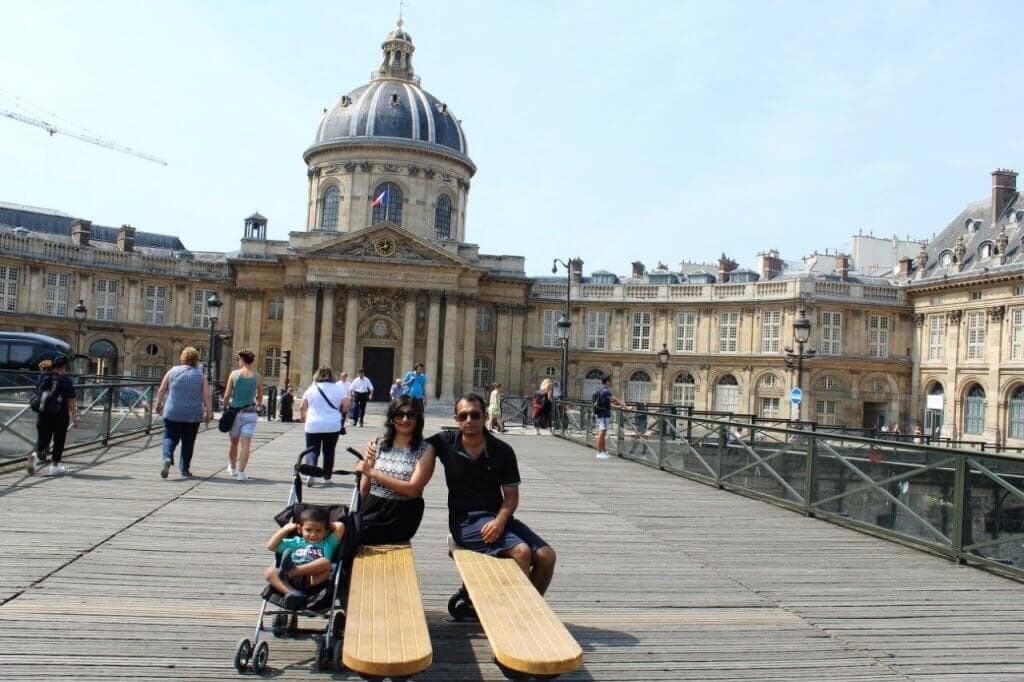
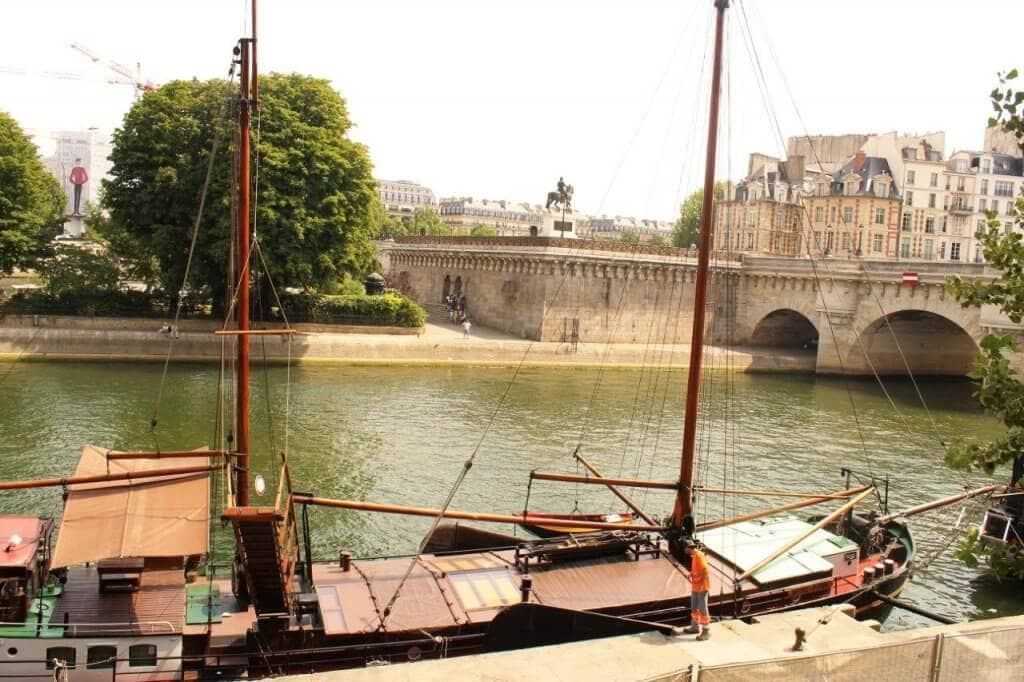
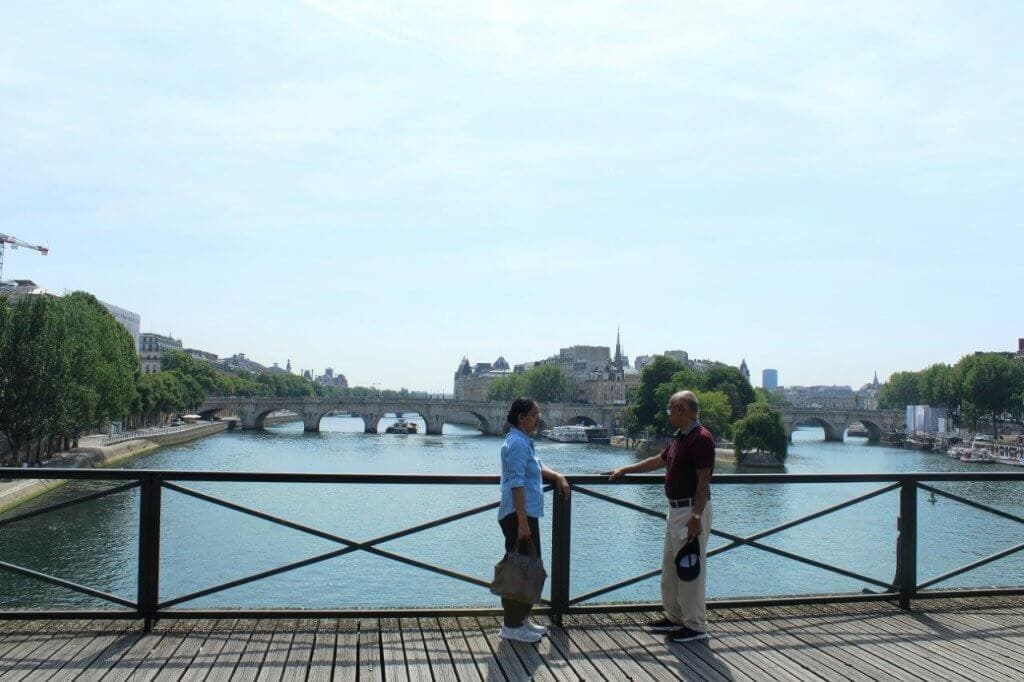
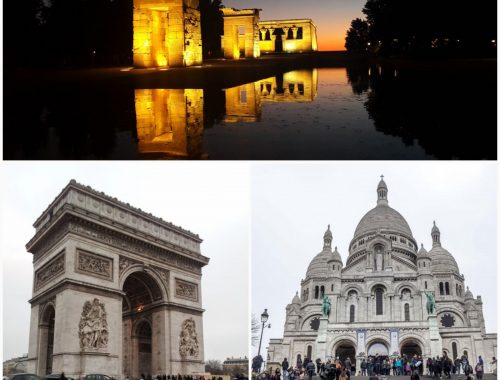
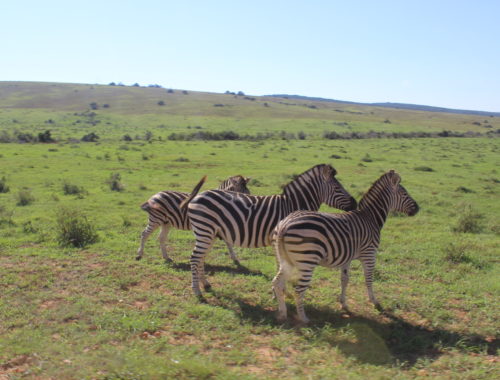
3 Comments
Awesome one buddy. Very detailed and helpful
Thank you 🙂
[…] 10 day trip to Europe from India […]